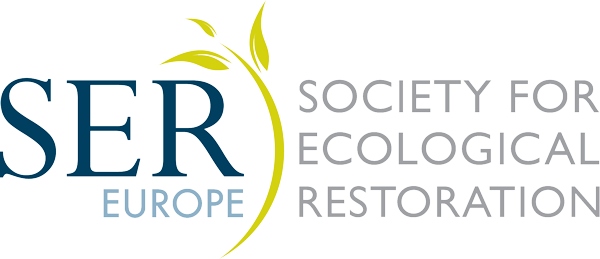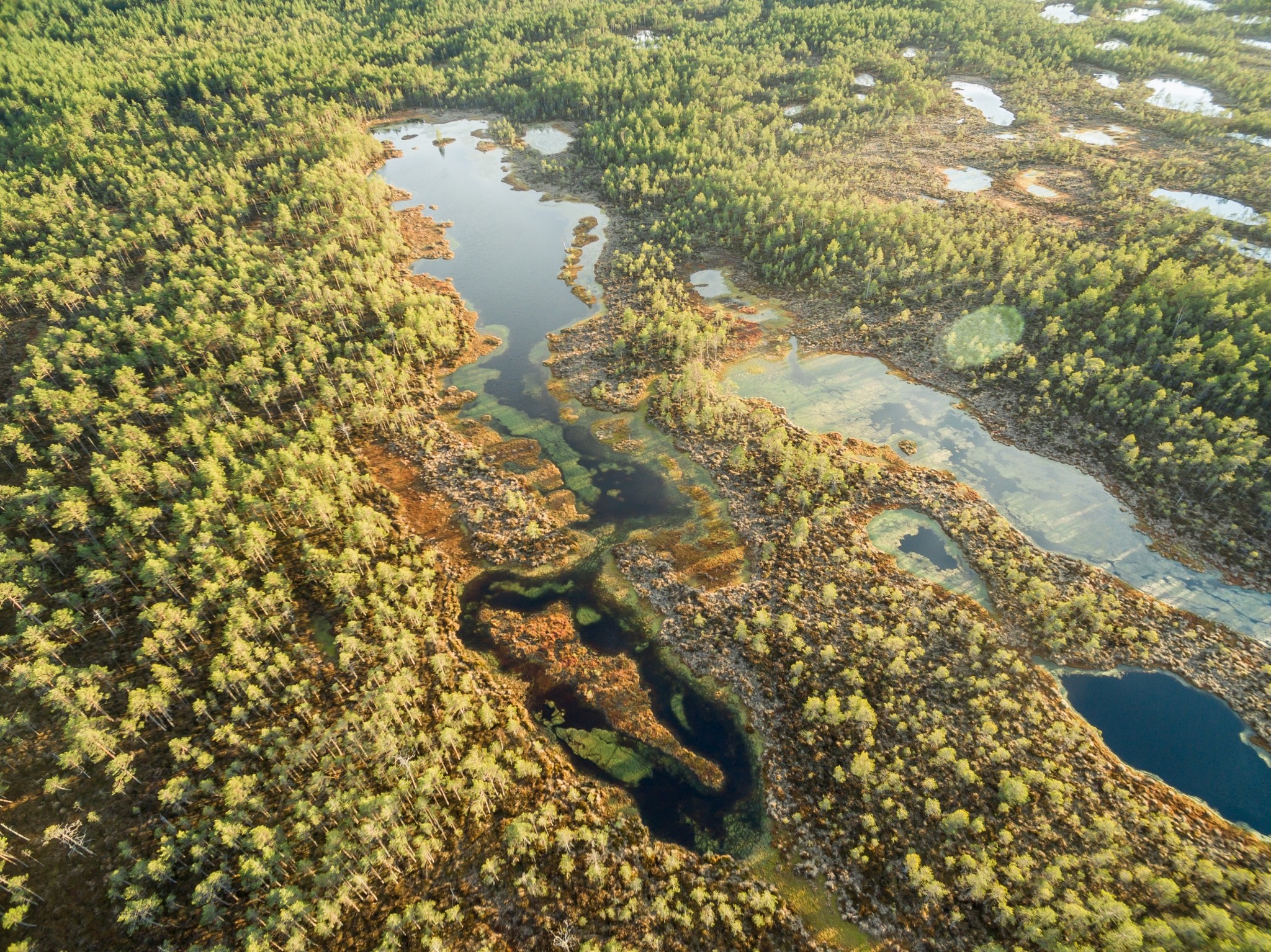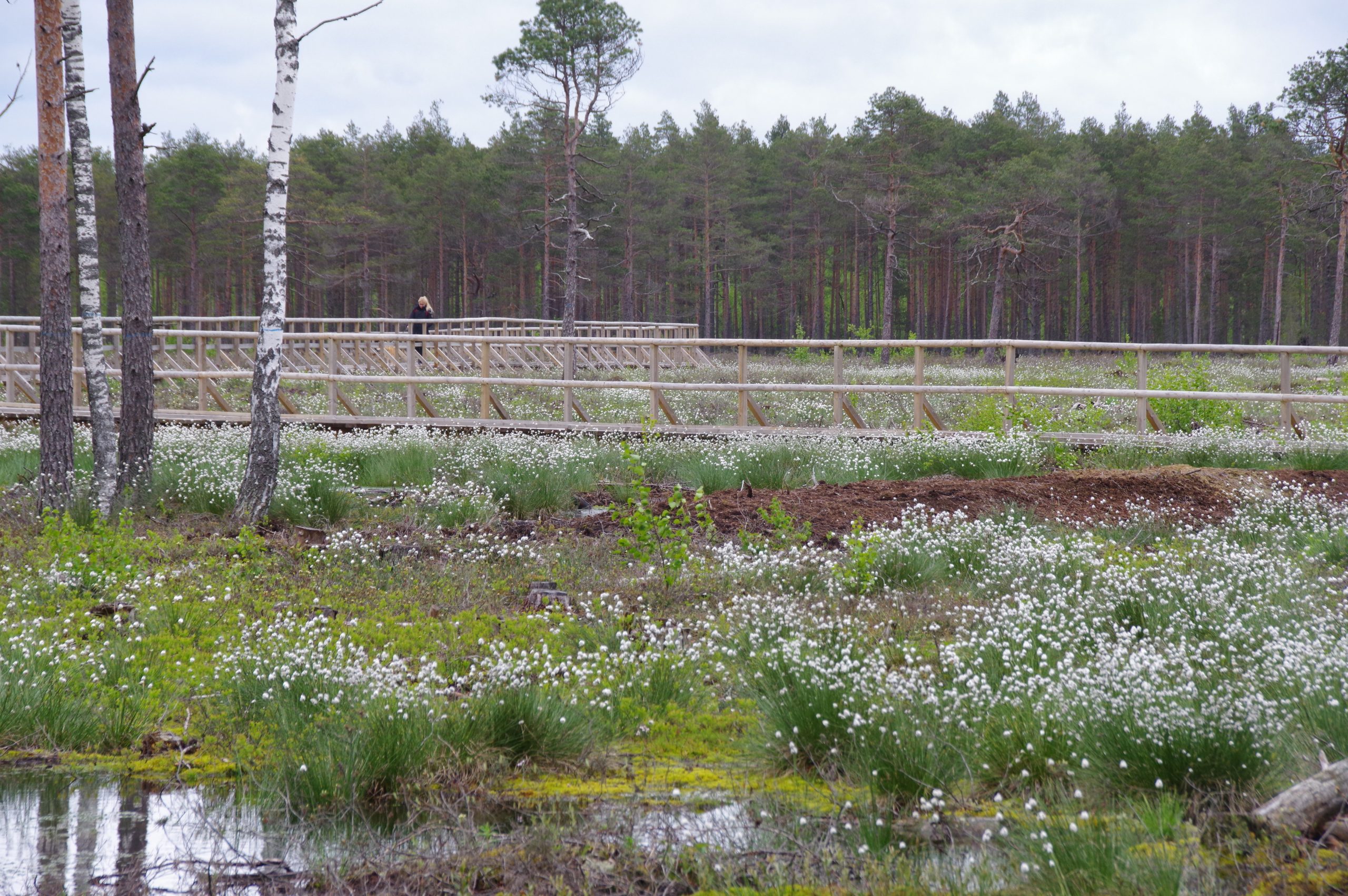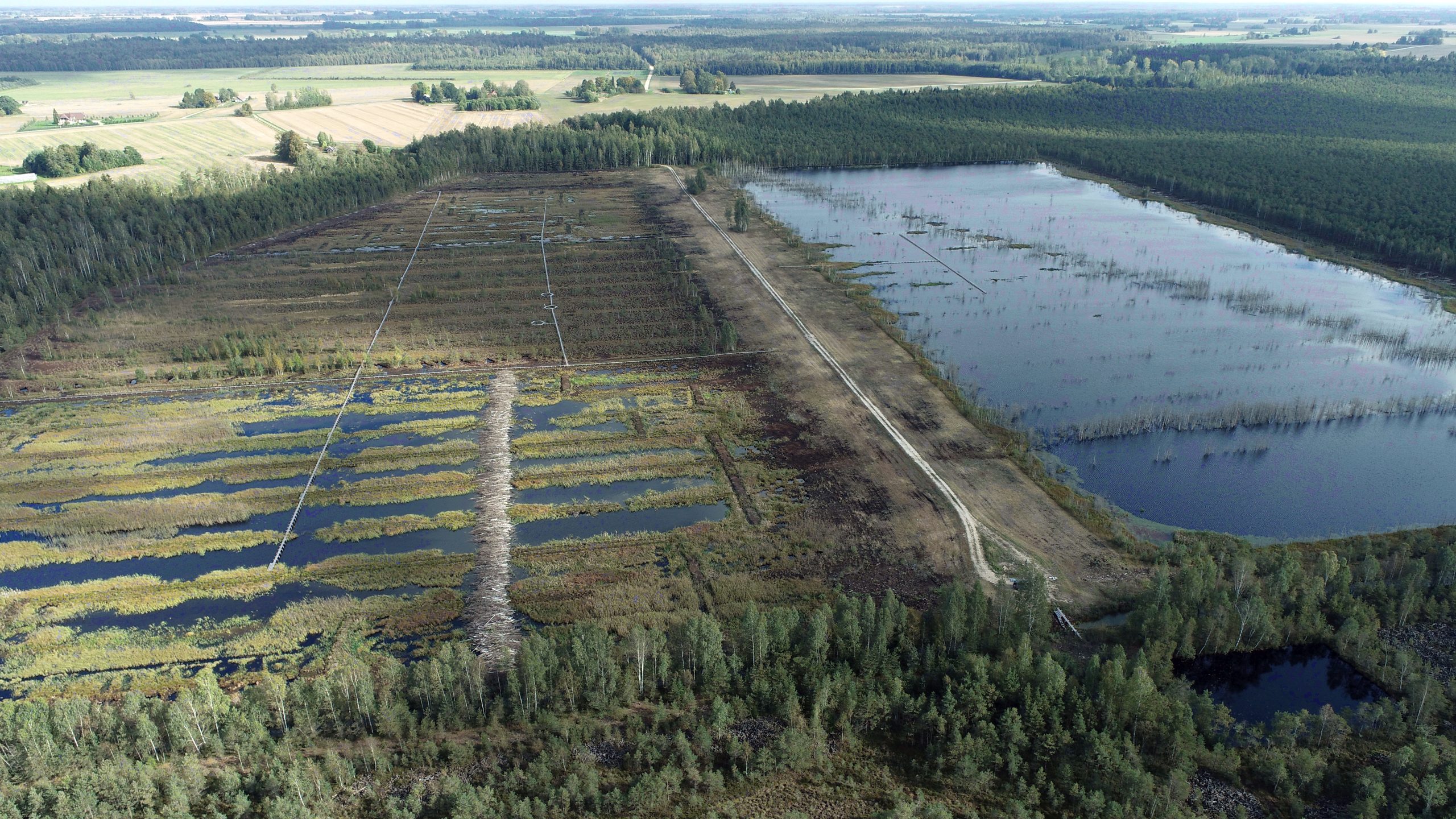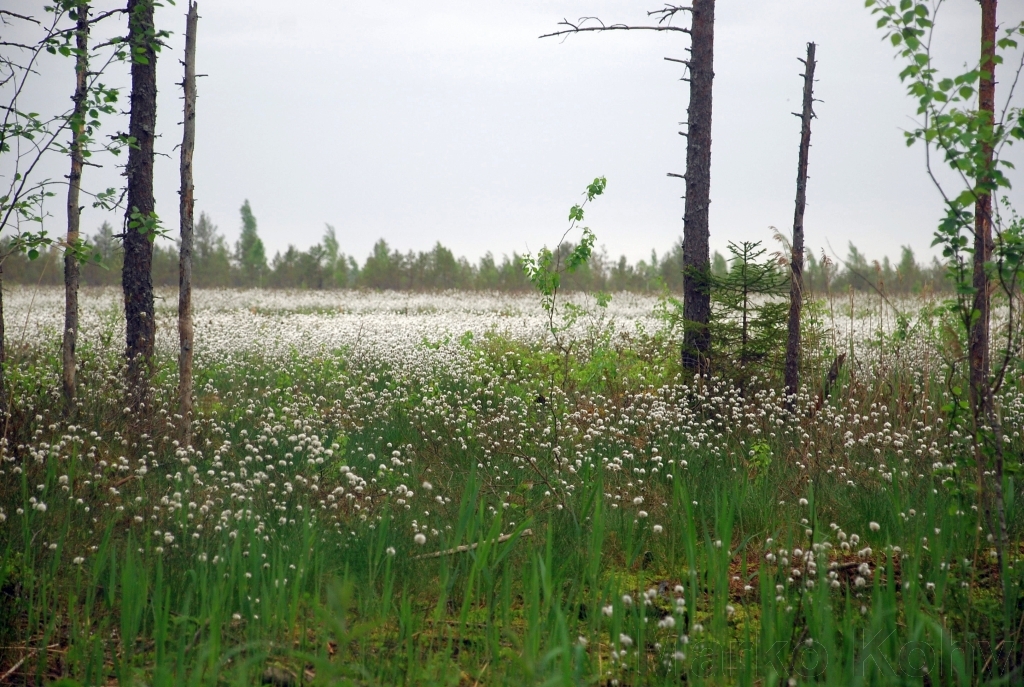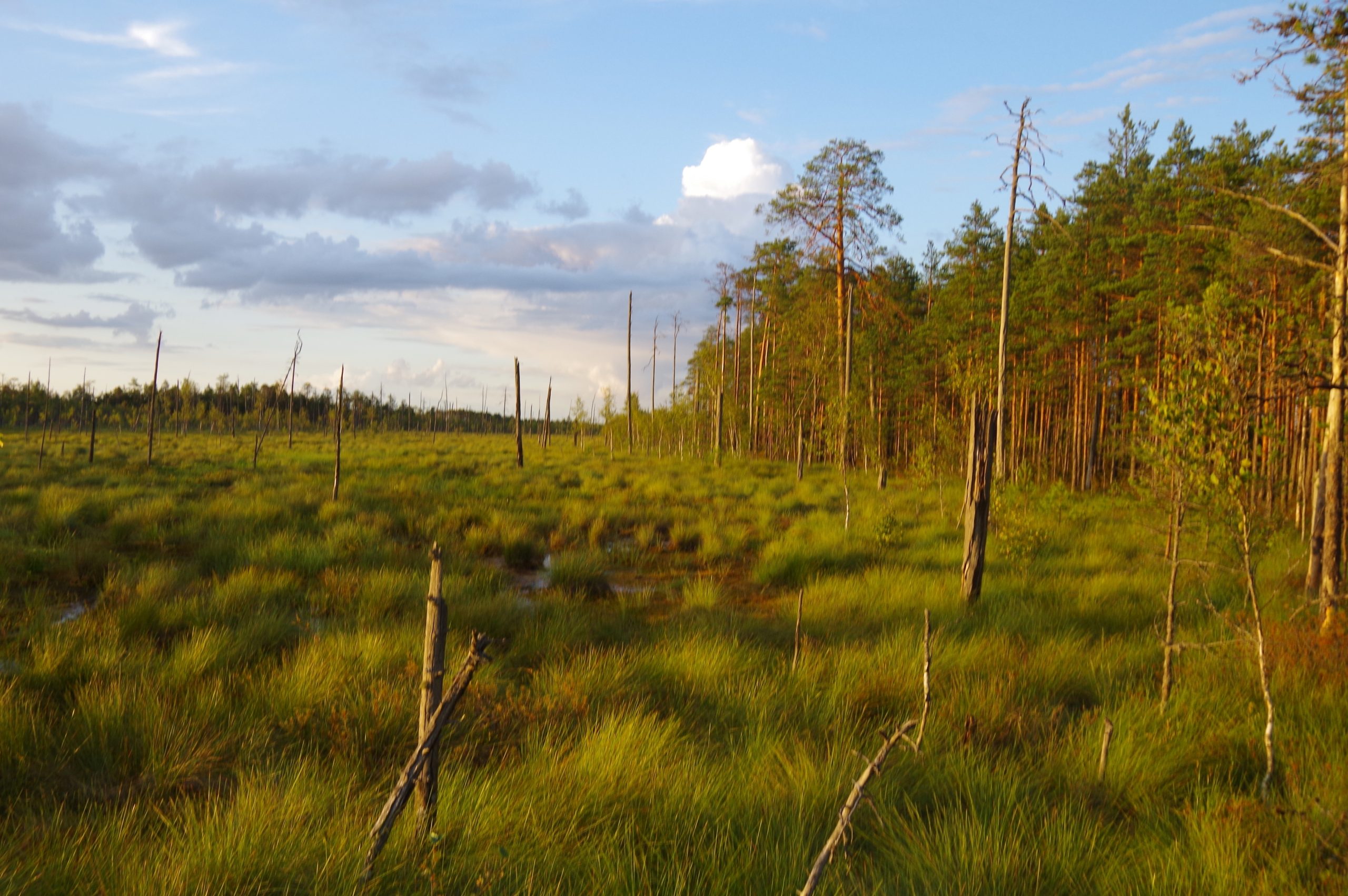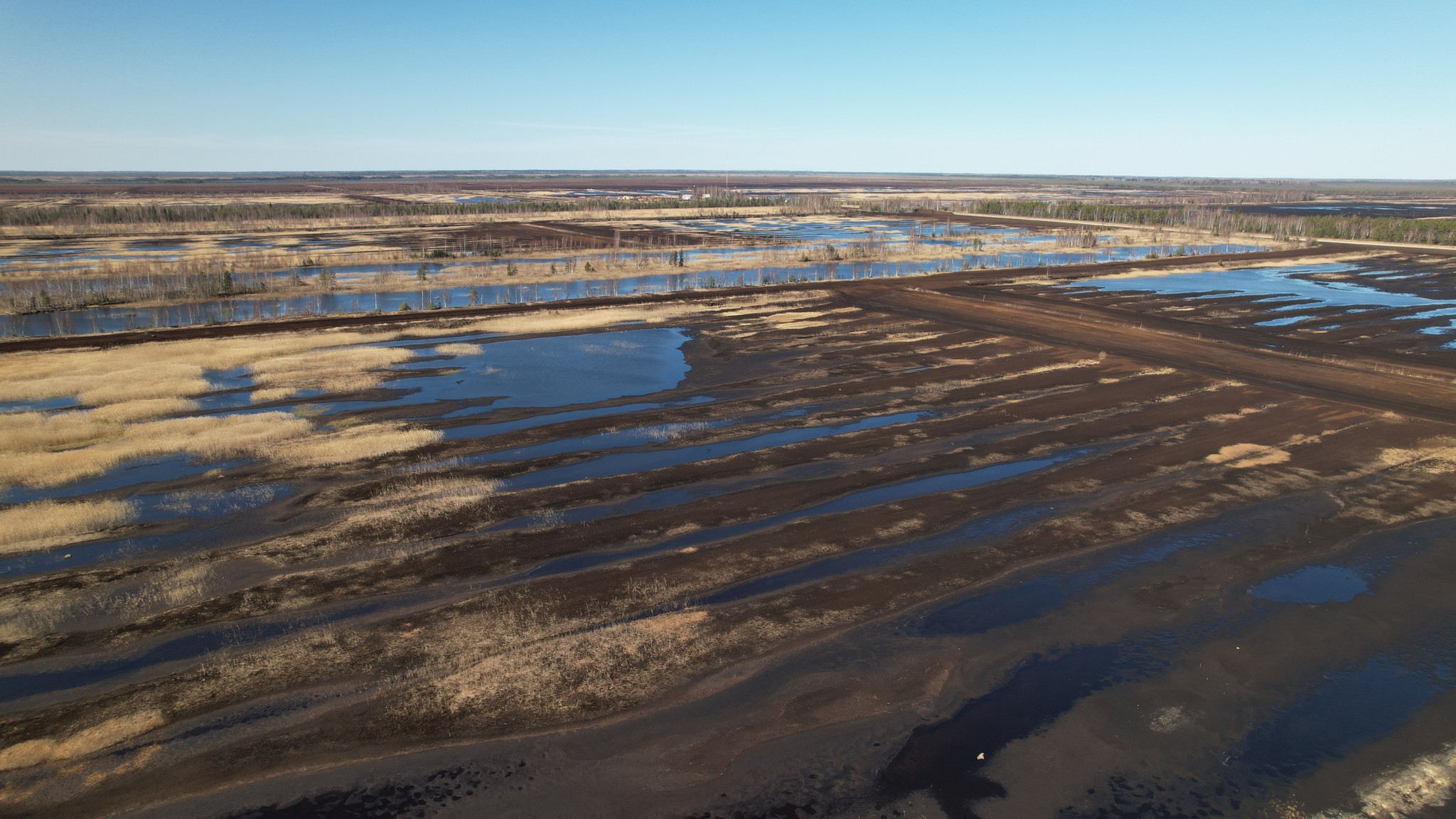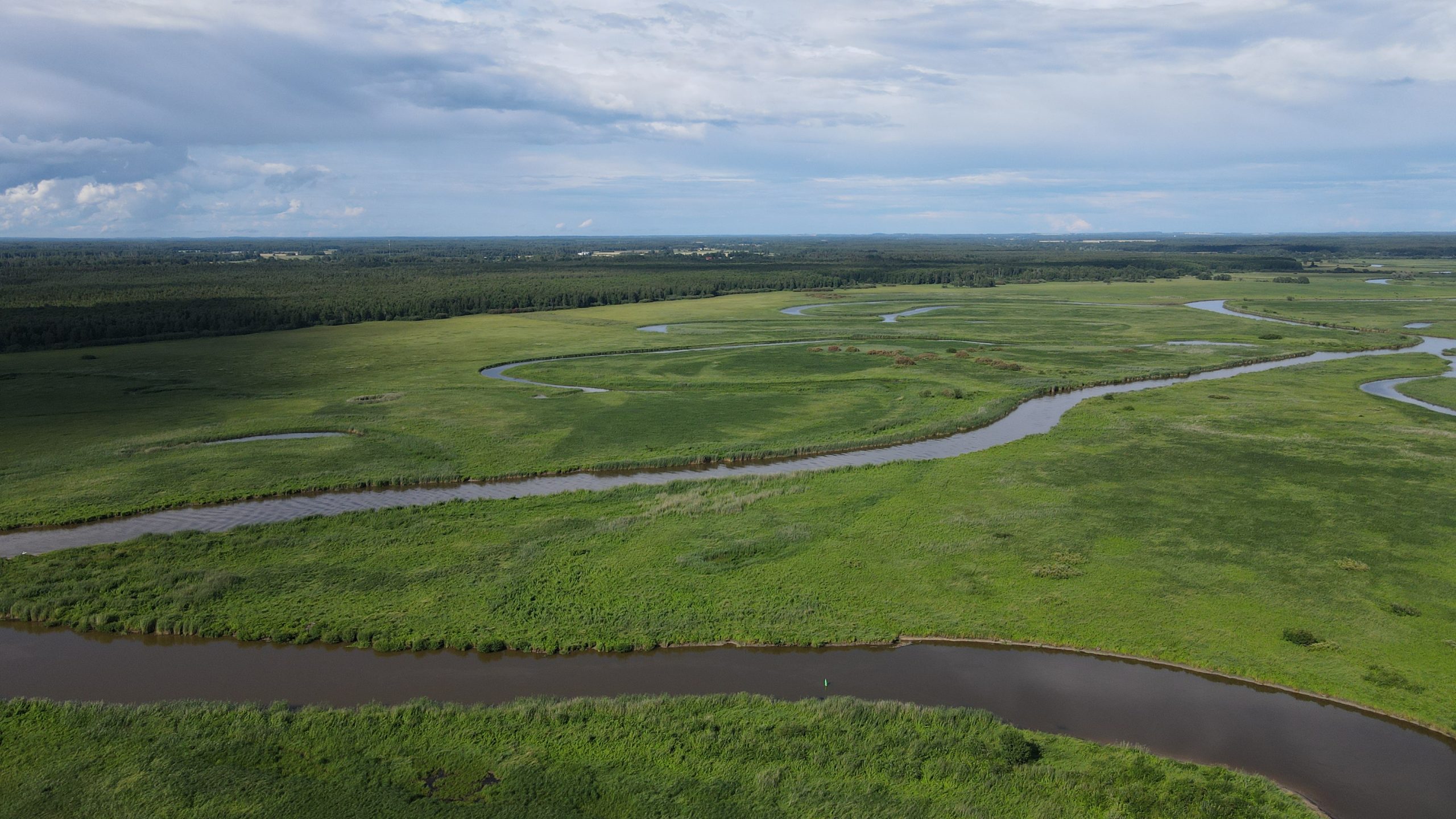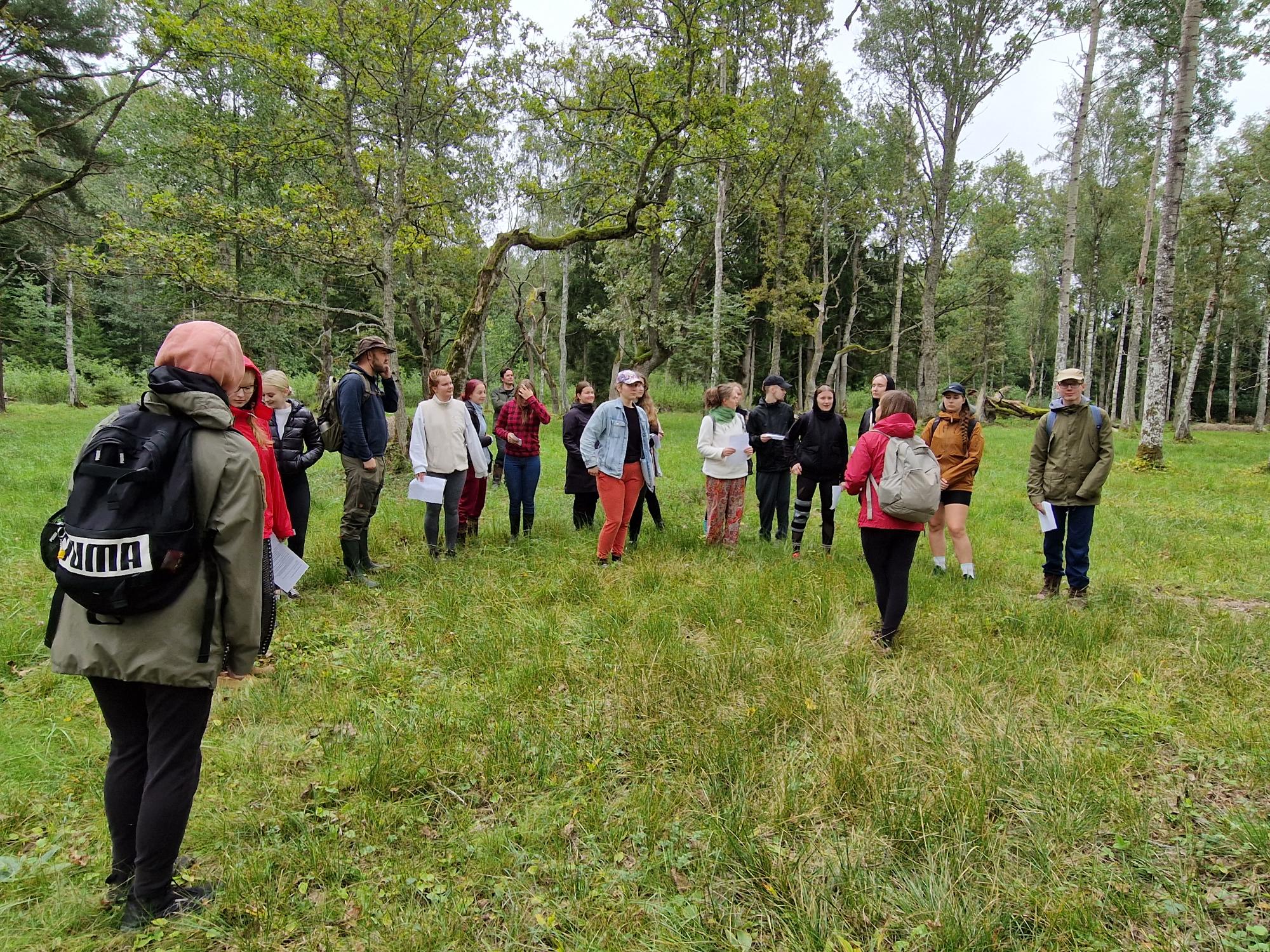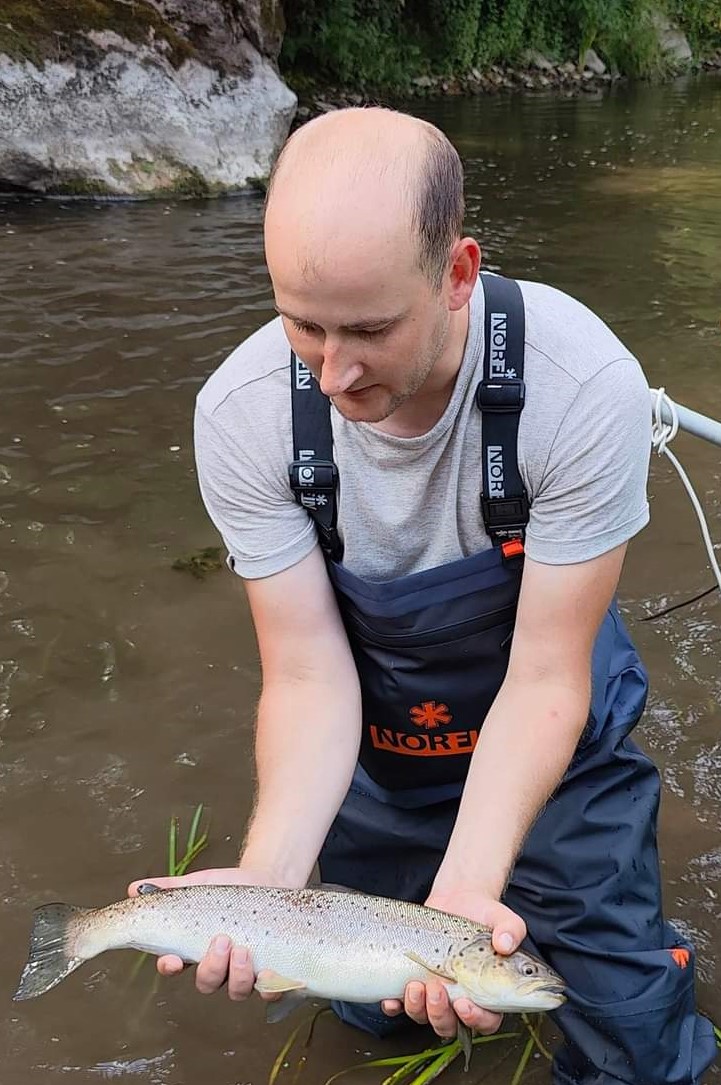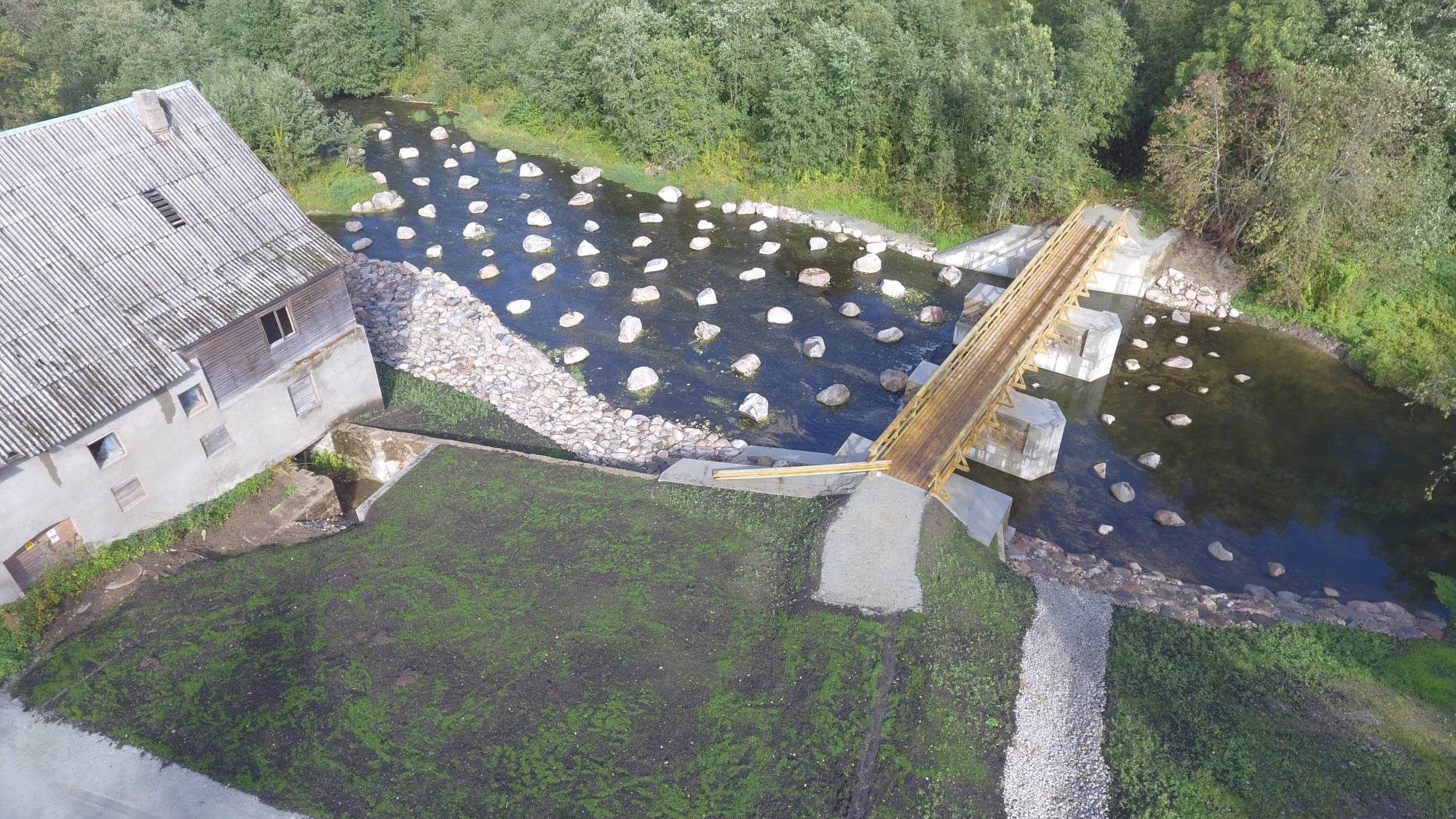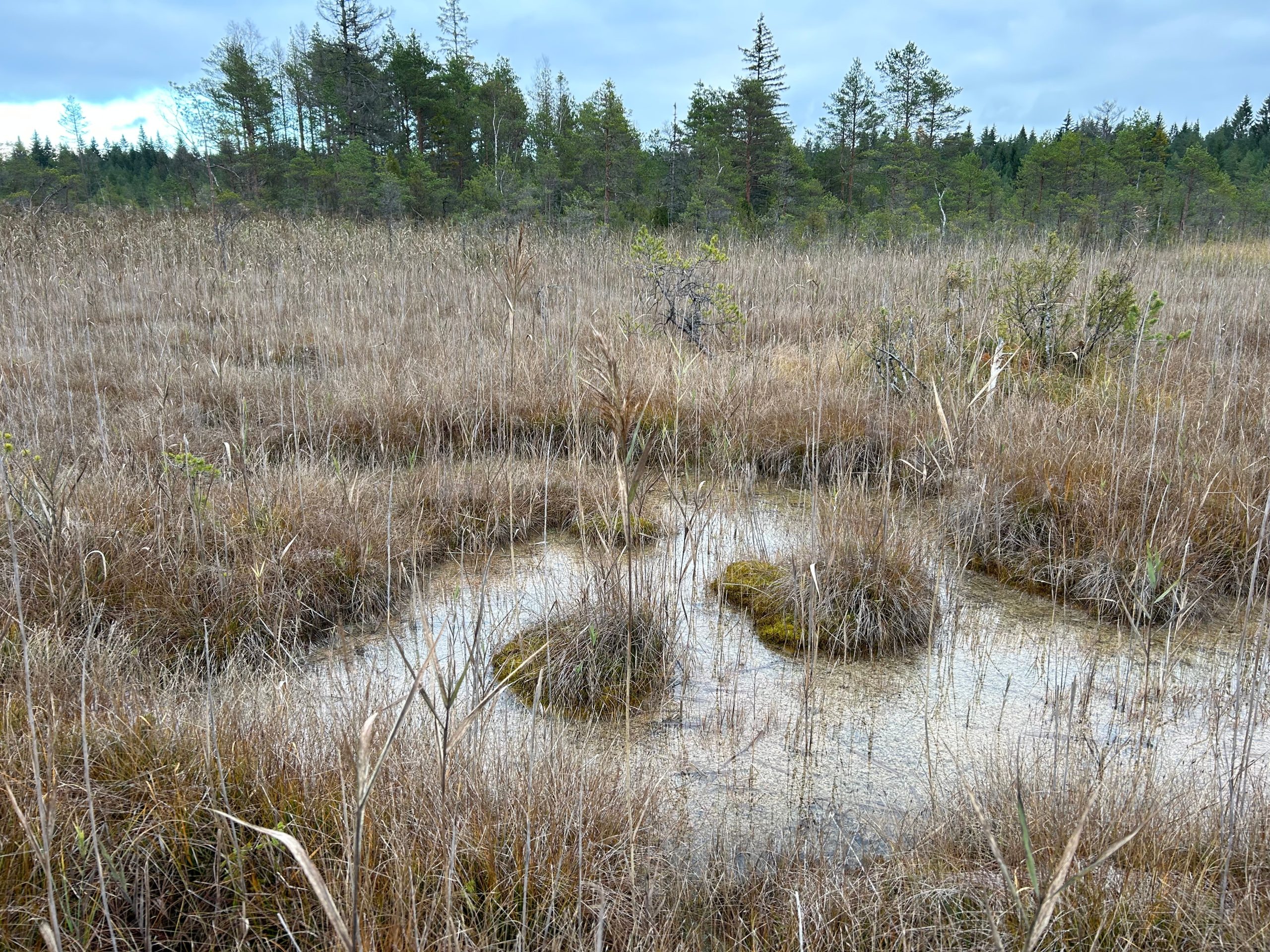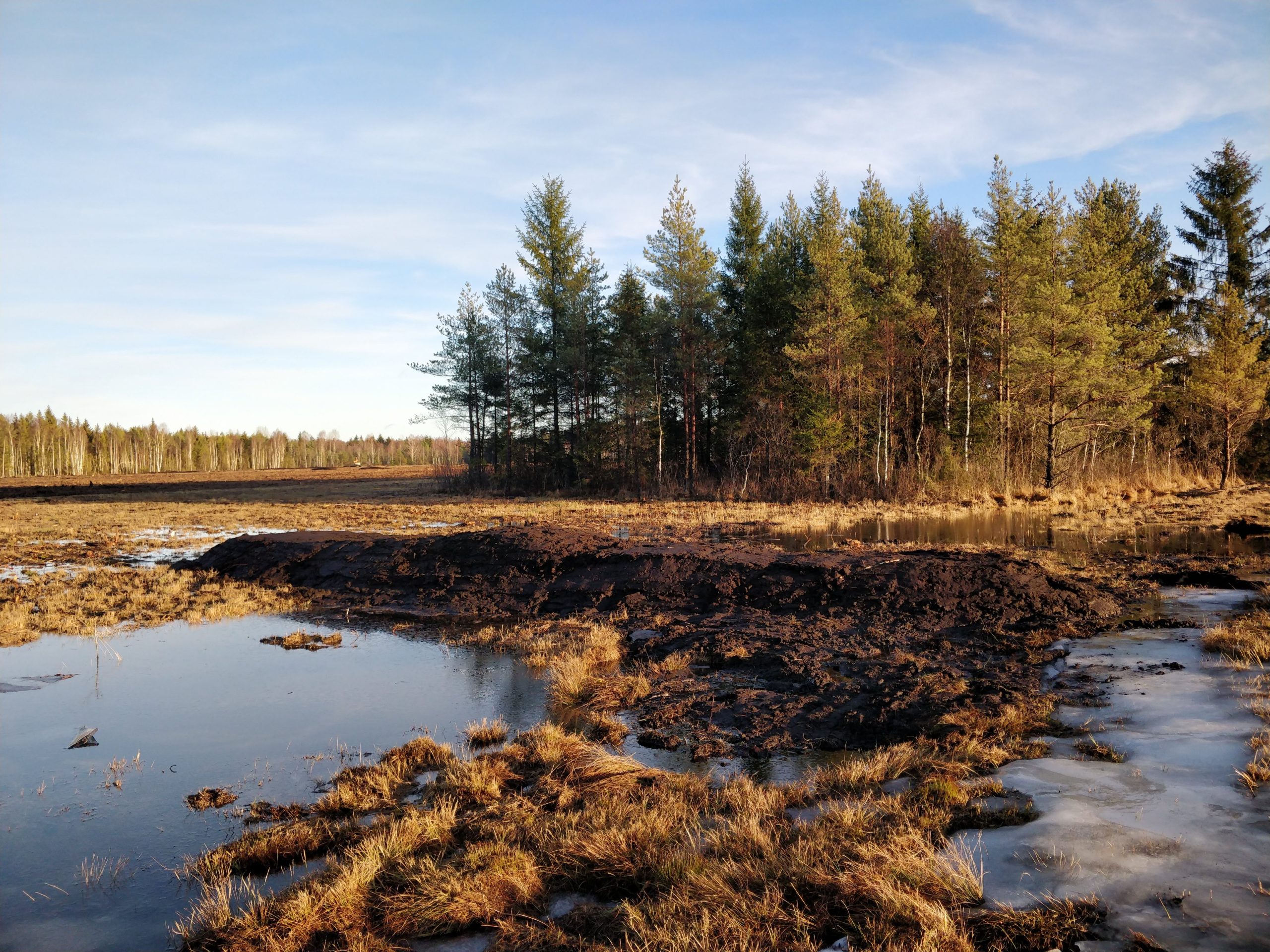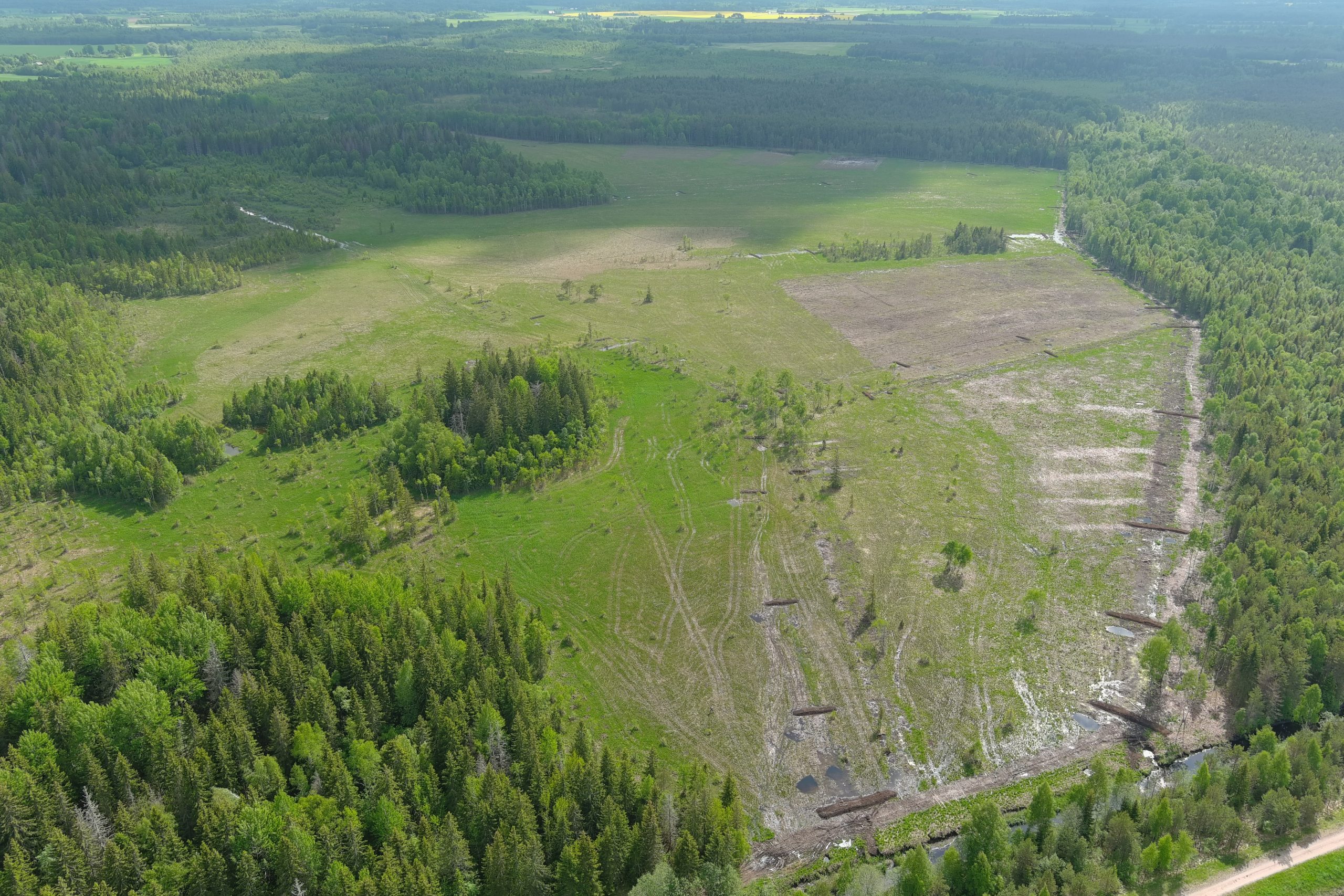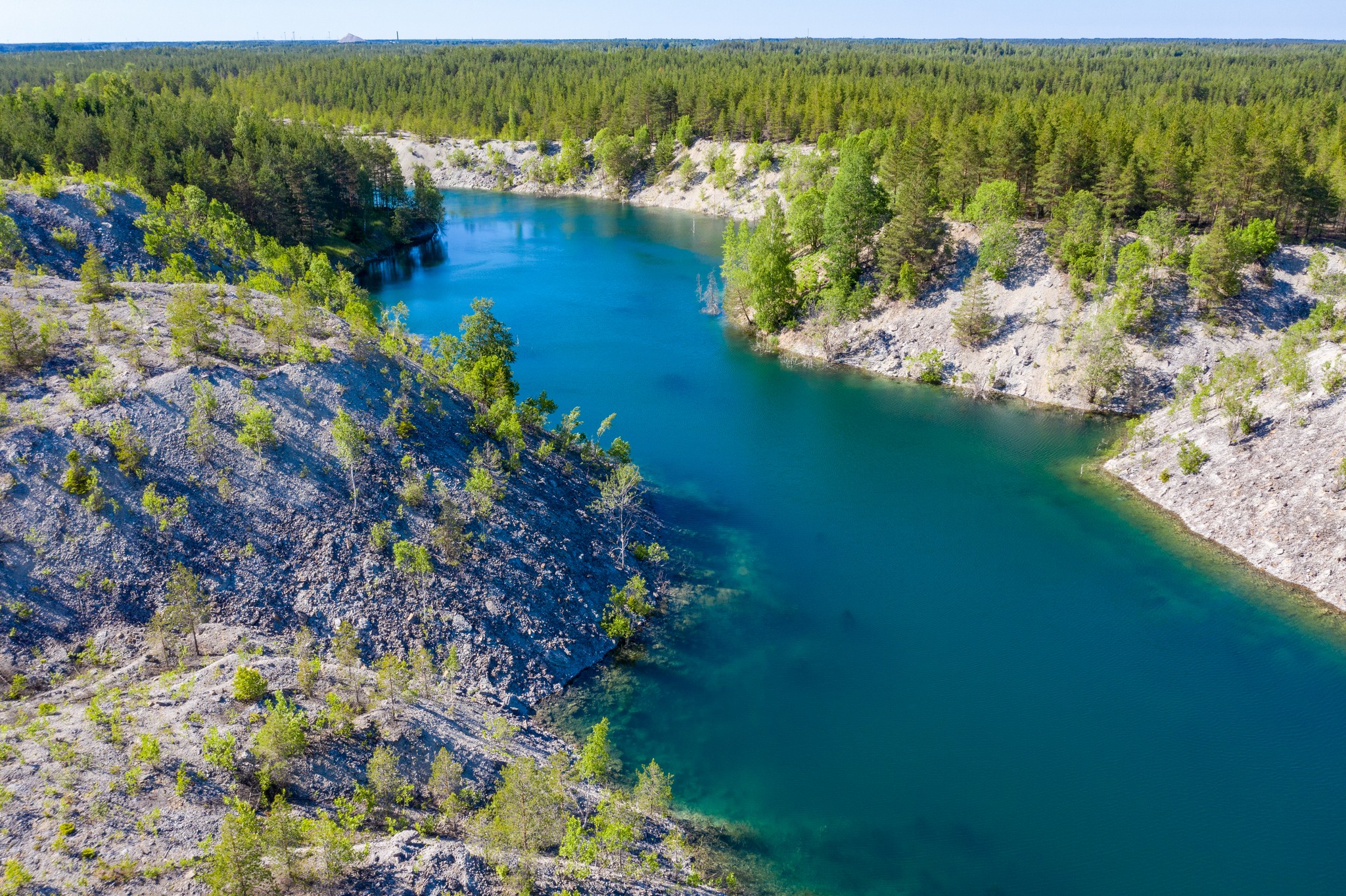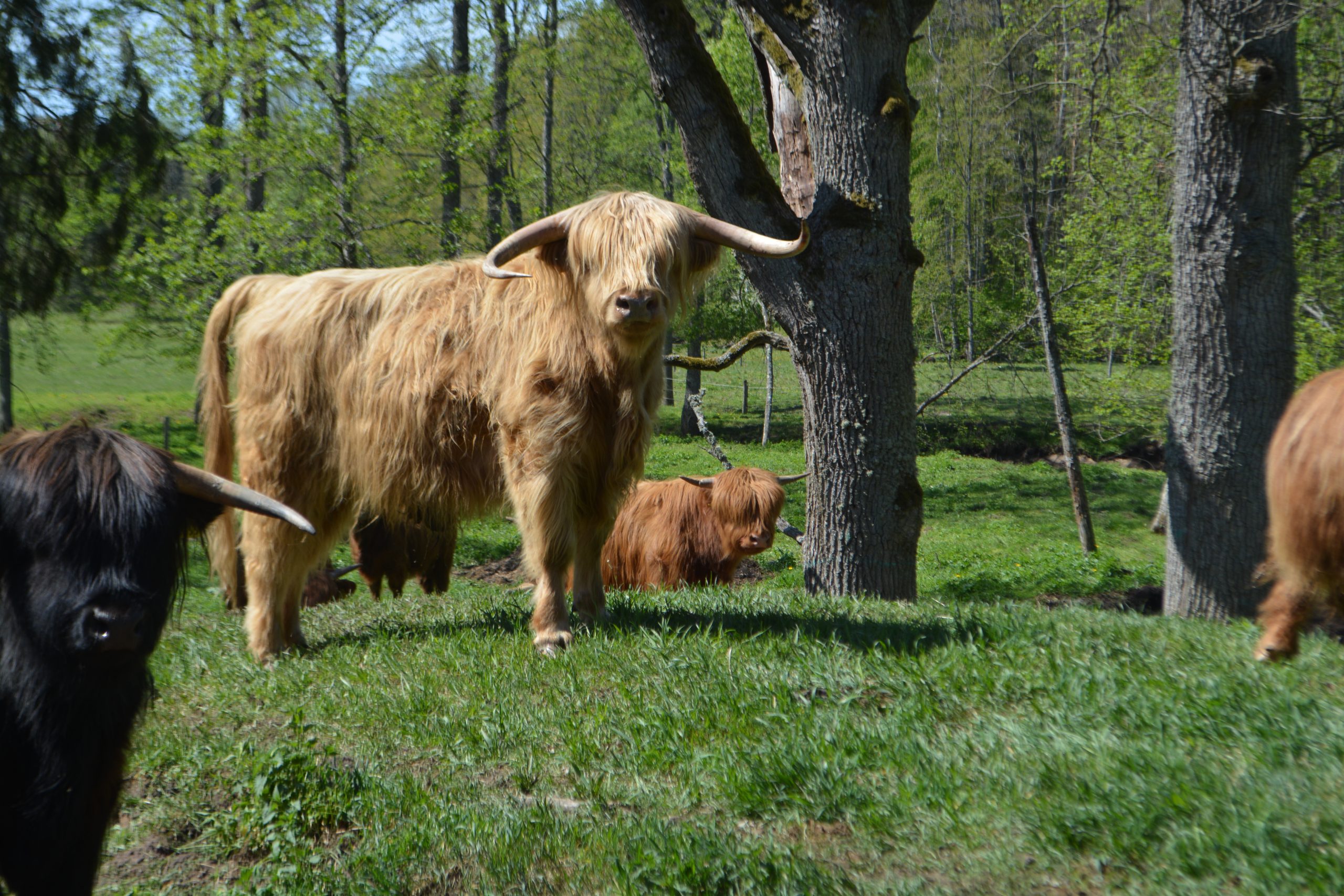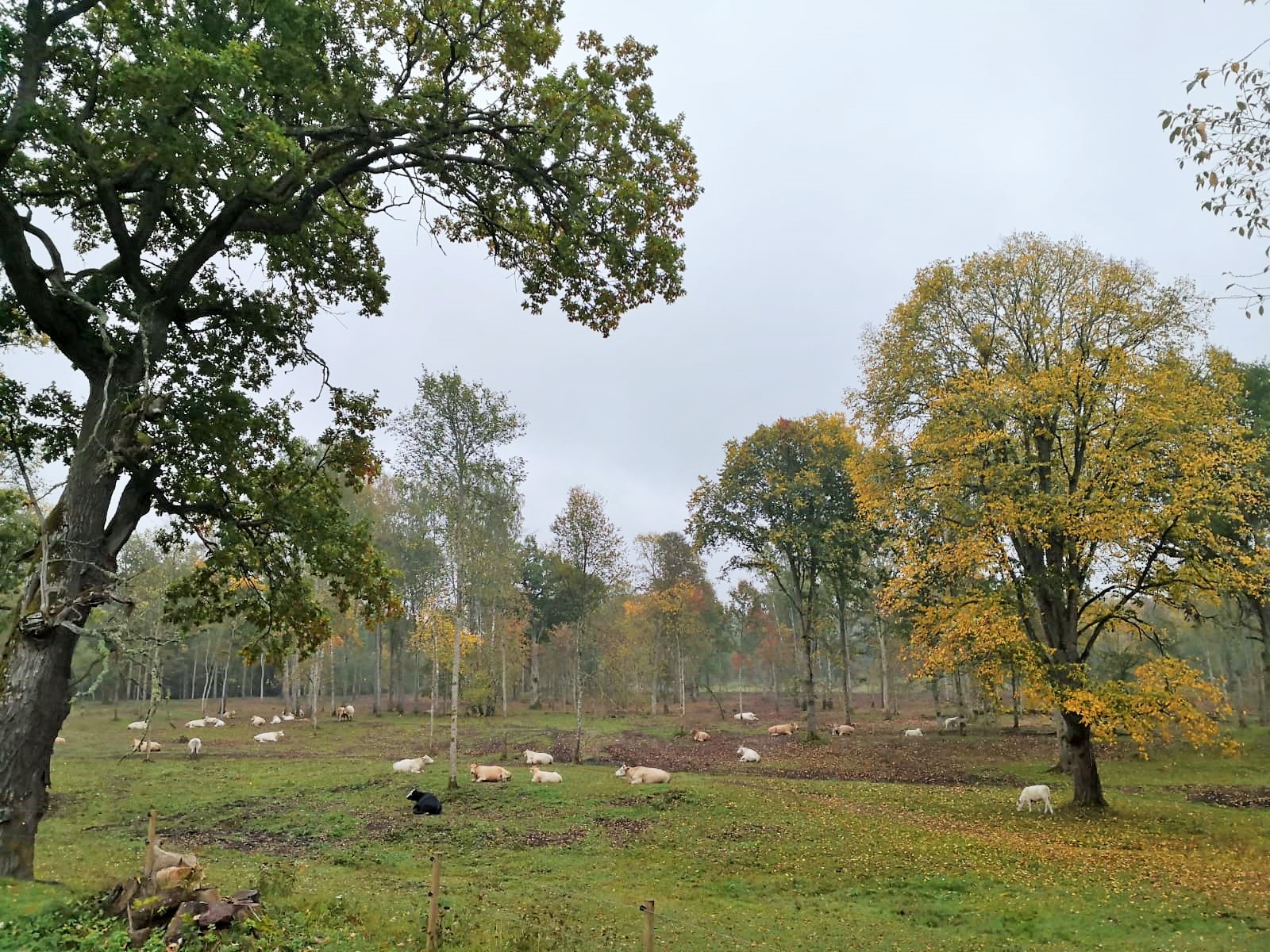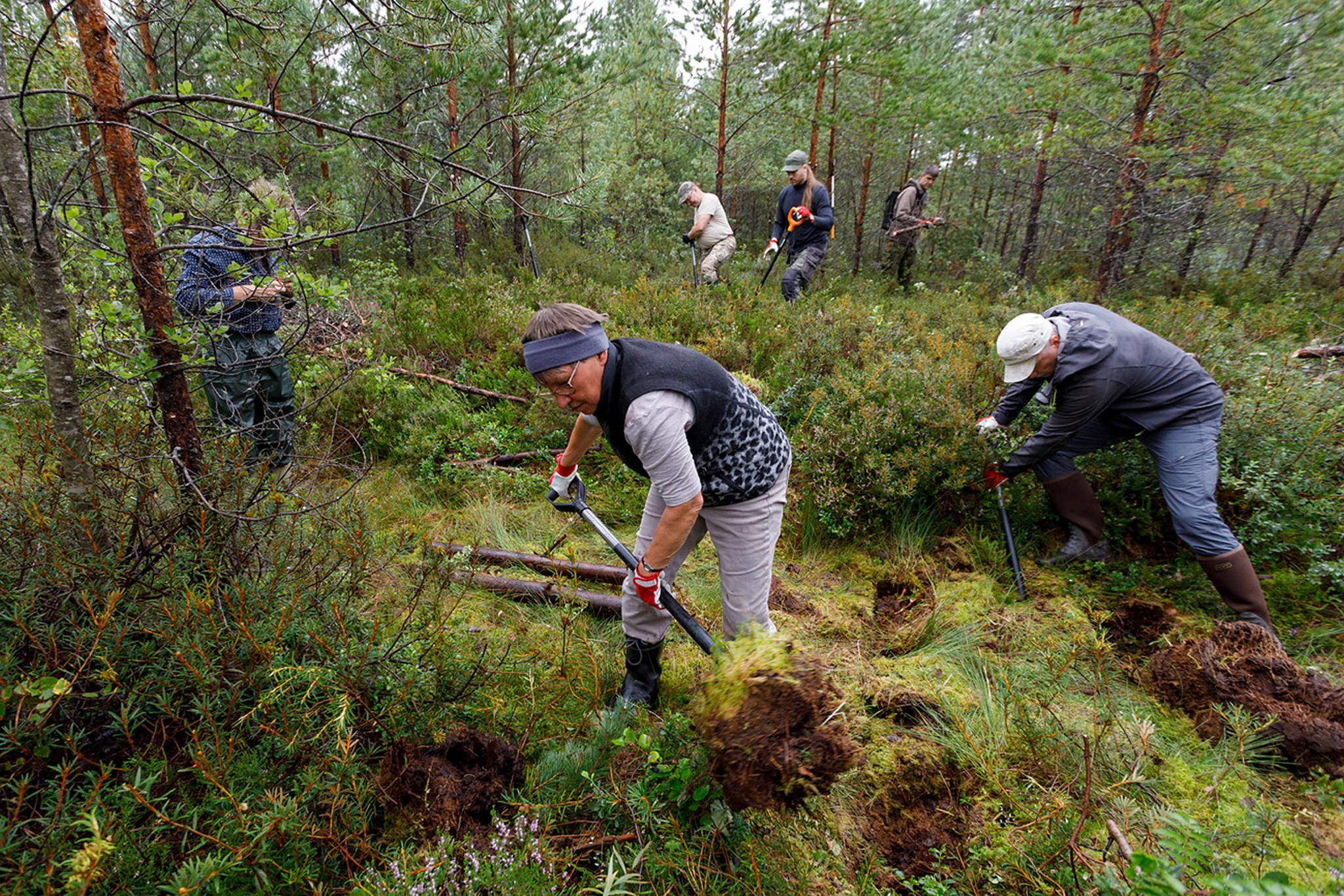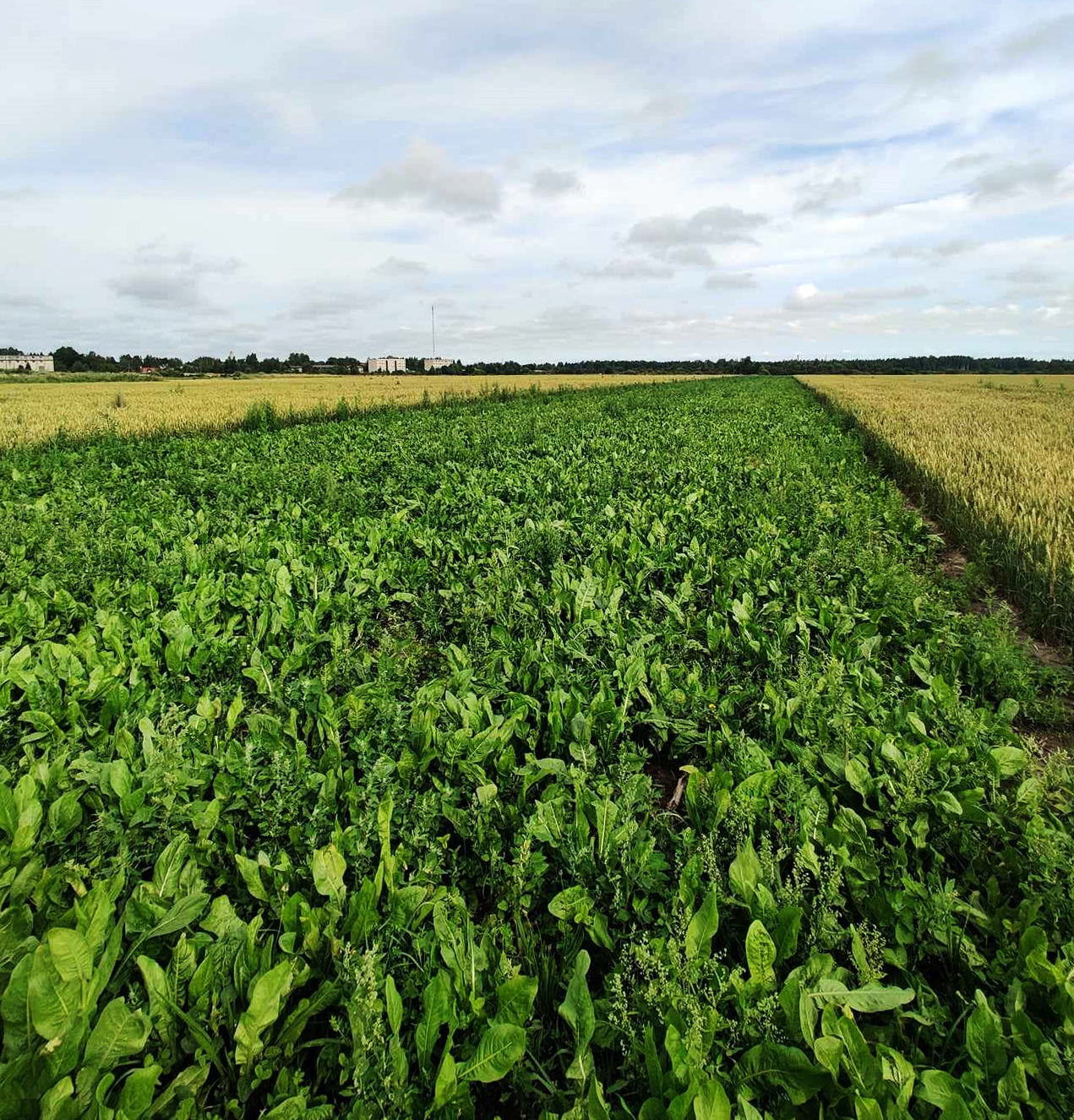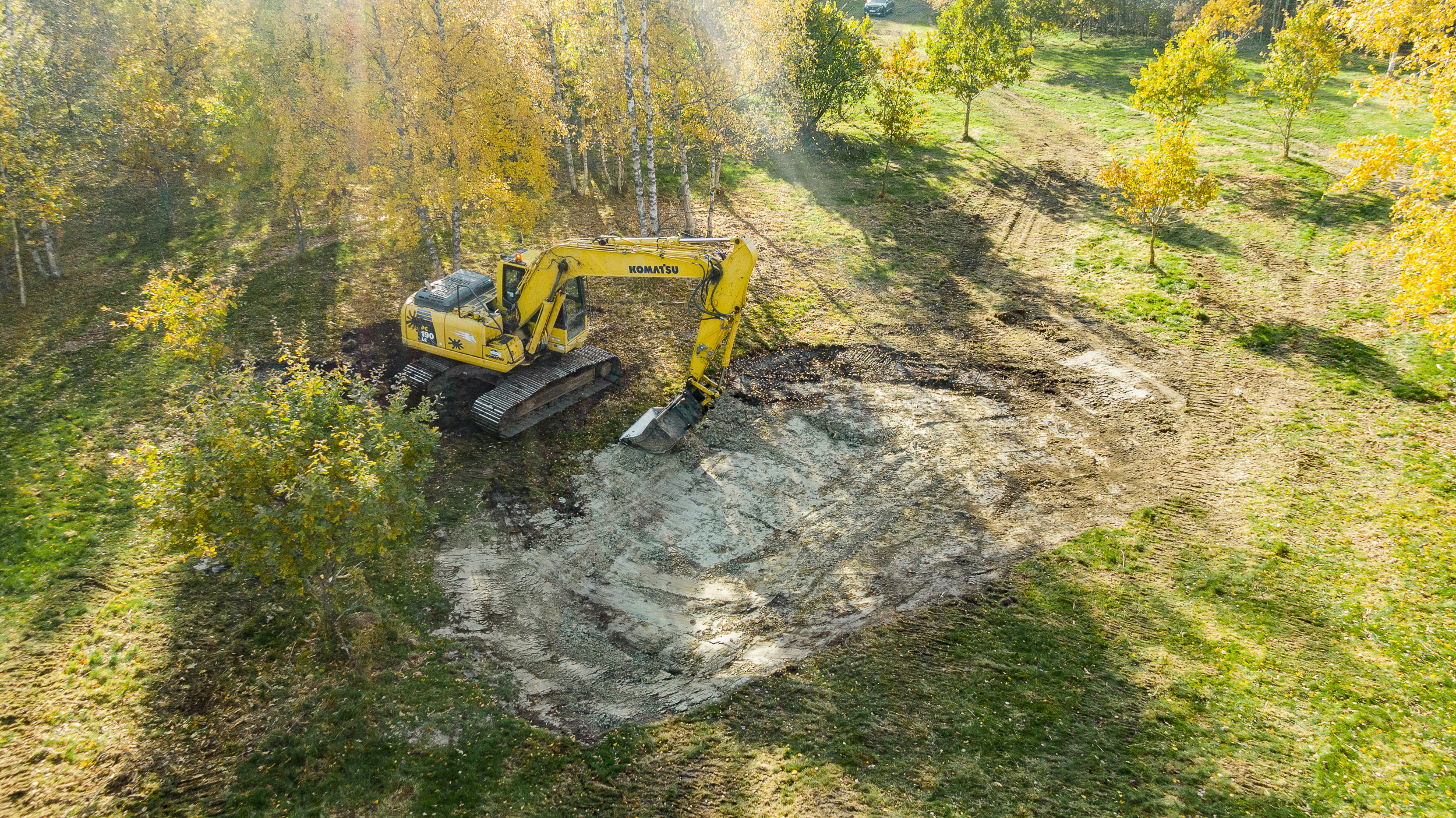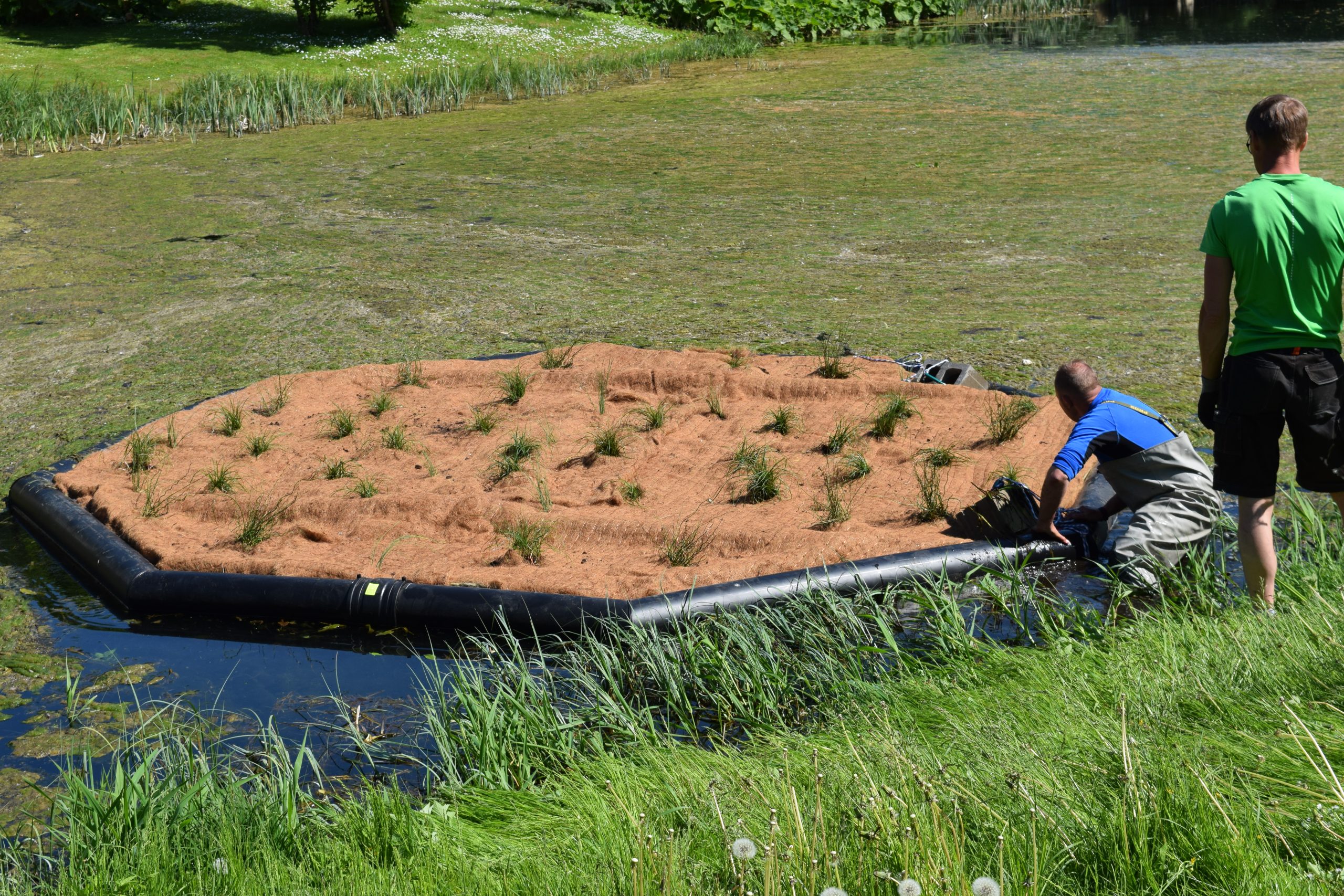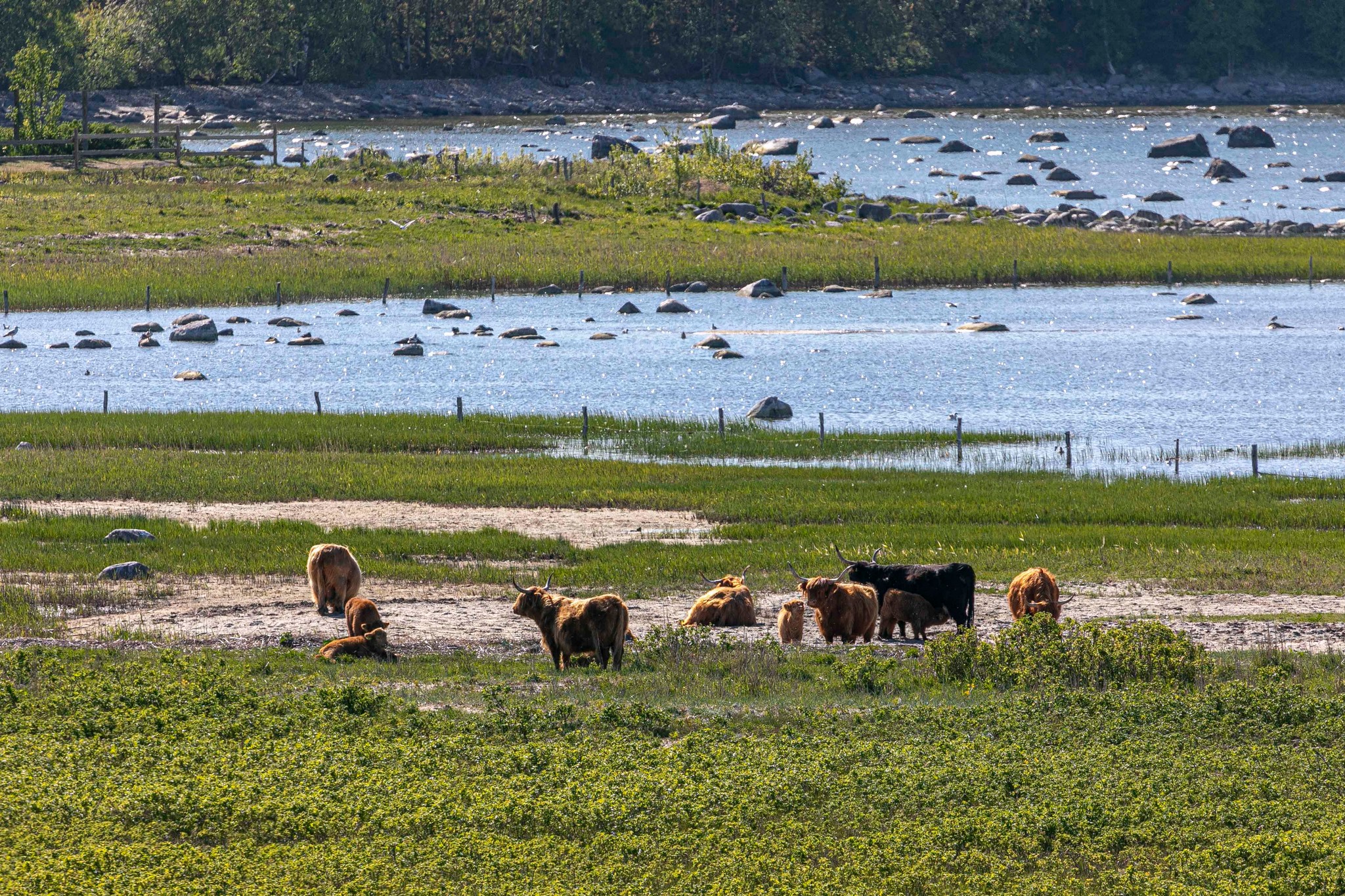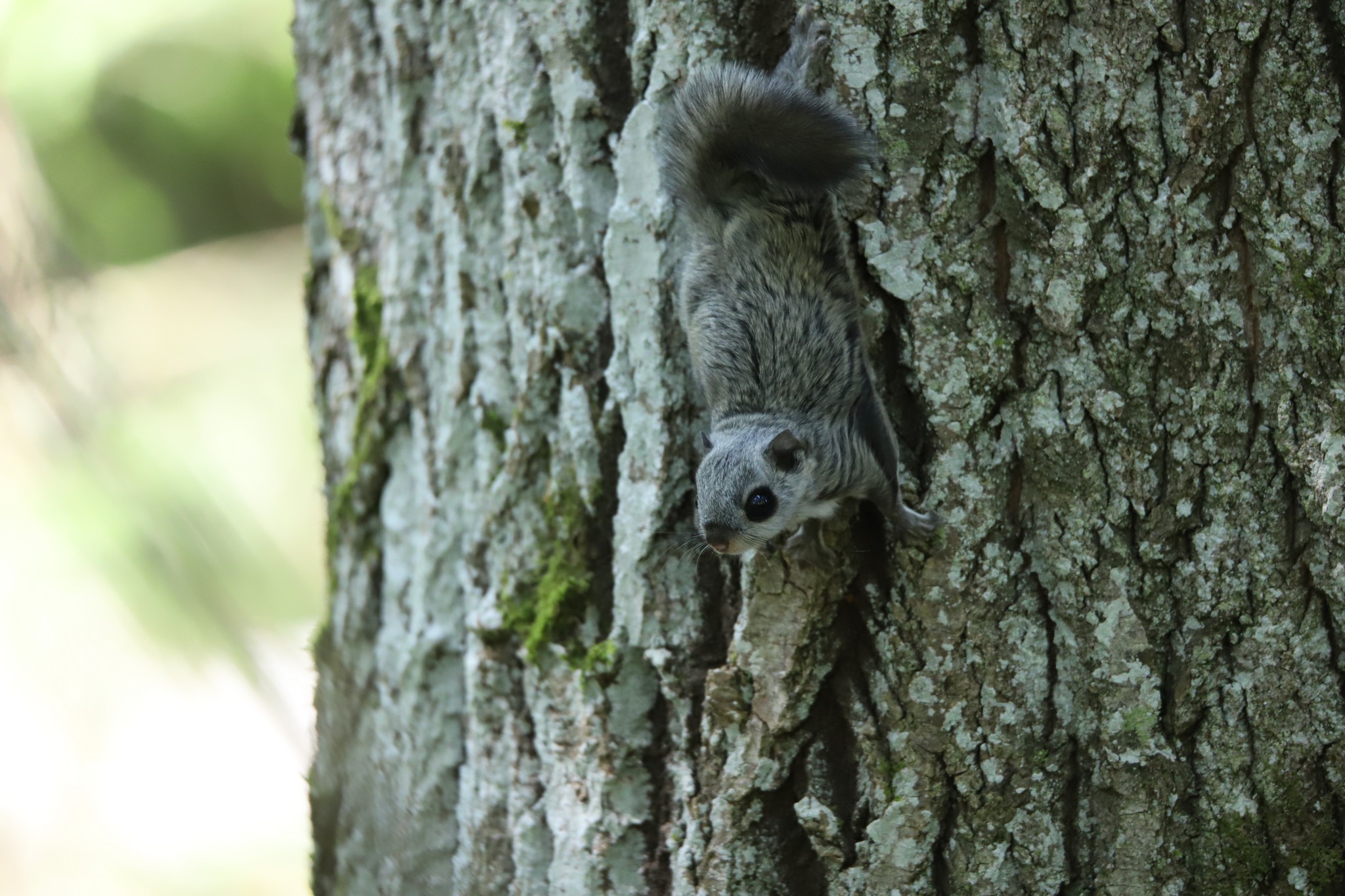One-day tours on
August 26 & August 31
1. Fens and bogs of Northern and Eastern Estonia
Date: 26 August 2024
Start: Tallinn, Ülemiste Centre car park*
End: Tartu, city centre*
Time: Gathering at 8.45 a.m., bus leaves at 9 a.m. Ends at approximately 6 p.m.
Max number of participants: 45
NB! Rubber boots are required for this tour!
*The exact locations will be sent to participants in a newsletter in the beginning of August.
During this tour, we will first visit Paraspõllu fen, one of Estonia’s best-studied, species-rich spring-fed fens. At the heart of the site lies a natural fen, which remains in great condition. While the fen's edges have been affected by drainage, efforts to restore the water regime were undertaken a few years ago. Rubber boots are necessary for walking in the fens.
Next, we’ll head to Tudusoo where the trail follows a boardwalk. The trail starts with a restored lagg and ends at a picturesque bog lake in the middle of a raised bog. Along the educational trail, you'll find abundant and diverse materials to explore. Given the area’s popularity as a recreational spot, restoration efforts here had to consider the site’s recreational and educational needs. At the end of the trail, there is a small hiking cabin where we will have lunch.
Finally, our tour will conclude at Laiuse cut-over peatland in Vooremaa, which has been restored to a wetland. Following the restoration of water levels, the site is transforming into a diverse bog, featuring larger, bird-rich waterbodies and ecosystems resembling both fens and raised bogs.
2. Bogs of South-Western and Southern Estonia
Date: 26 August 2024
Start: Tallinn, Ülemiste Centre car park*
End: Tartu, city centre*
Time: Gathering at 8.45 a.m., bus leaves at 9 a.m. Ends at approximately 7 p.m.
Max number of participants: 45
NB! Rubber boots are required for this tour!
*The exact locations will be sent to participants in a newsletter in the beginning of August.
Our first destination on the tour will be one of the largest peat mines of Europe at Lavassaare bog complex. Here, we hope to witness ongoing restoration efforts conducted at the depleted peat mines. This is the first time in Estonia that such extensive restoration work is being carried out to restore habitat conditions for various bog ecosystems across hundreds of hectares of depleted peat mines.
After lunch, we will visit Soomaa National Park, the most renowned bog complex in Estonia. We will walk along the Ingatsi trail and ascend the 7-meter slope up to Kuresoo, the largest raised bog in Estonia. At the edge of Kuresoo, we will also visit one of the first bog restoration sites in Estonia. In addition to closing ditches, different wood-cutting treatments have been tested here during restoration.
Our final stop will be a brief visit to the watchtower overlooking Lake Võrtsjärv.
3. Floodplain grasslands and wooded meadow restoration and managing at Alam-Pedja Nature Reserve
Date: 26 August 2024
Start: Tartu, city centre*
End: Tartu, city centre*
Time: Gathering at 8.45 a.m., bus leaves at 9 a.m. Ends at approximately 6 p.m.
Max number of participants: 35
NB! This excursion includes a boat trip.
*The exact locations will be sent to participants in a newsletter in the beginning of August.
The Alam-Pedja Nature Reserve is a vast natural area with large bogs, wet forests, floodplains and meandering rivers, which are home to numerous animal, bird and plant species. The area (34,671.2 ha) was taken under nature protection in 1994. Since 1997, the Nature Reserve belongs to the Ramsar sites, an important bird area or IBA as of 2003 and since 2004 to the EU Natura network of protected areas. This extensive natural area lies along the shores of Lake Võrtsjärv, spinning the border regions of Jõgeva, Tartu and Viljandi counties. Bogs and swamp forests make up 72% of the Alam-Pedja Nature Reserve. There are 12 watercourses and numerous oxbow lakes, also called old rivers in Estonian. The diverse landscapes of Alam-Pedja can be captivating in all seasons, with the flooded meadows standing out as particularly rare in Estonia and in Europe.
Our day trip to one of the largest protected areas of Estonia gives us a great overview of different communities, with a focus on the restoration and management of large floodplain grasslands and small wooded meadows. The trip includes boating on the river Emajõgi, providing a good opportunity to get to know the vast floodplain grasslands of Alam-Pedja more closely. A local land manager will share his experience in the restoration and management of these grasslands.
During the trip, we will explore the Vainu wooded meadow, situated along the shores of the river Emajõgi. Much of this meadow has been recently restored and is now managed with the help of volunteer working camps. This meadow is currently managed traditionally – with scythes which is rather unique nowadays. As a part of the WoodMeadowLIFE project, we plan to restore the border areas of Vainu, which are overgrown by trees and bushes. Some parts of the currently managed meadow need tree stand thinning to improve light conditions for vascular plant species. The area is also influenced by seasonal floods which carry nutrients to the area, and alter the plant community.
Wooded meadows, with exceptionally high species richness across species groups, are declining because of lifestyle changes in rural areas (mostly the decrease in animal husbandry). Due to that, the main threat to wooded meadows is abandonment or even inappropriate land management, often driven by the need to increase land cost-effectiveness. The goal of the WoodMeadowLIFE project is to restore a total of 700 ha of old, overgrown wooded meadows in Estonia and Latvia, which is ~10% of the total boreal coverage, and find best practices for sustainable management.
We will also visit the only village in the nature reserve, Palupõhja, home to Palupõhja Nature School. This stop will provide insight into the local cultural heritage associated with semi-natural grasslands.
This tour is organised by the Estonian-Latvian joint LIFE project (LIFE20 NAT/EE/000074) "Restoring and promoting a long-term sustainable management of Fennoscandian wooded meadows in Estonia and Latvia". This project focuses on the restoration of wooded meadows in Estonia and Latvia, creation of sustainable solutions for maintenance and on raising public awareness of the natural and cultural heritage of wooded meadows and their protection and management.
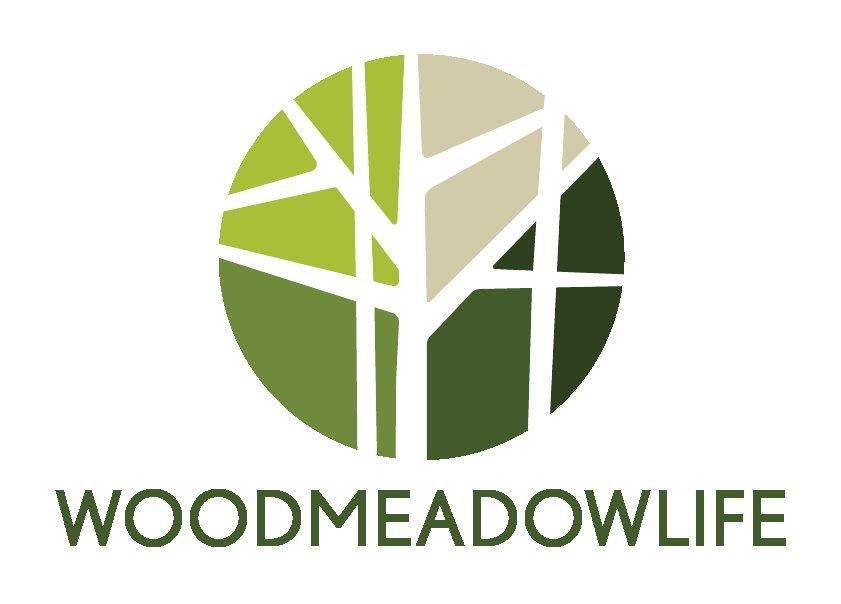
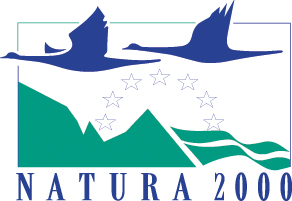
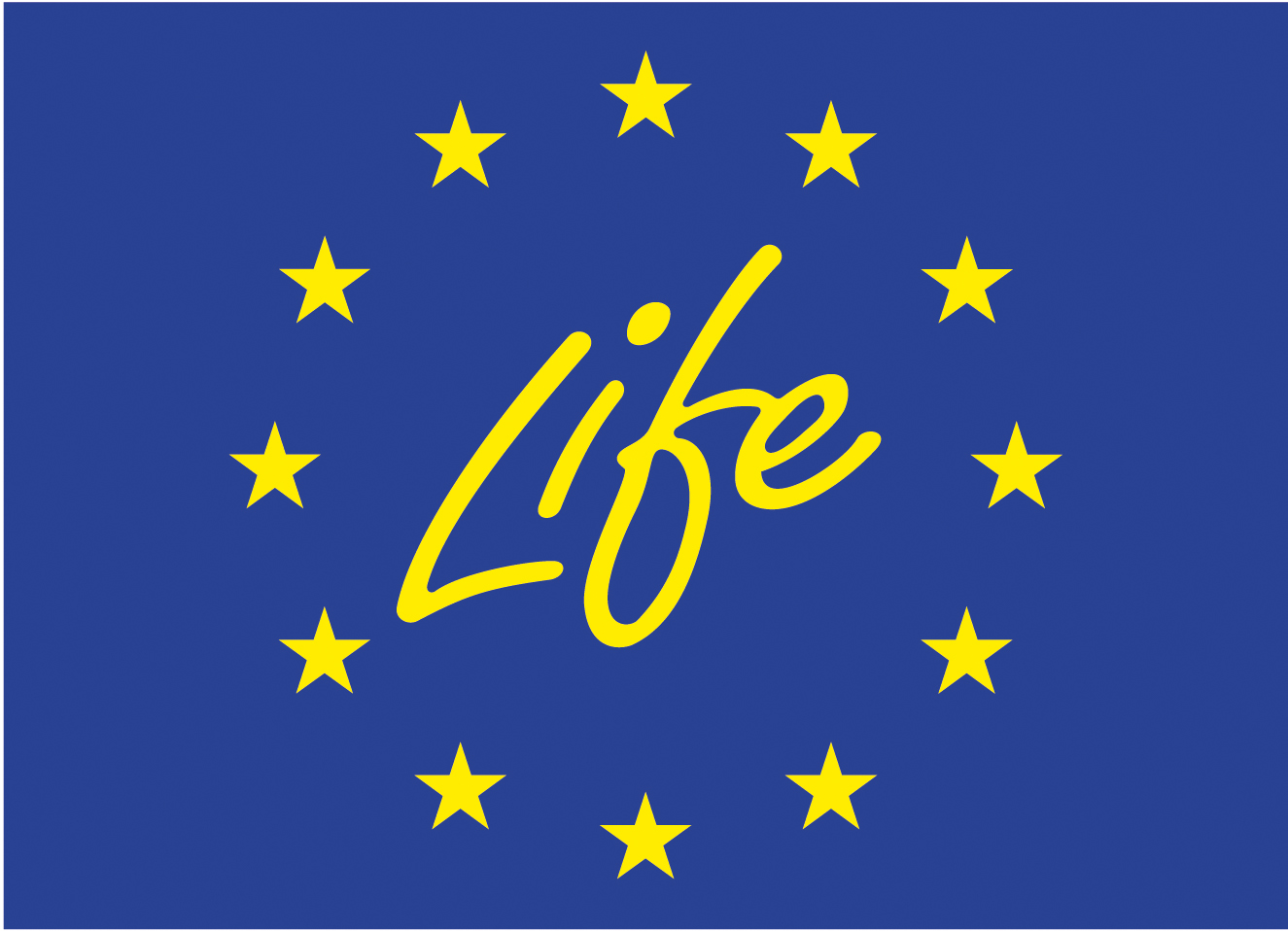
4. Dams and hydroelectric plants in Estonia salmon rivers – How can we restore coherent river ecosystems?
Date: 26 August 2024
Start: Tallinn, Ülemiste Centre car park*
End: Tartu, city centre*
Time: Gathering at 8.45 a.m., bus leaves at 9 a.m. Ends at approximately 6 p.m.
Max number of participants: 45
*The exact locations will be sent to participants in a newsletter in the beginning of August.
We will visit various rivers in Northern Estonia where we can see removed dams, restored riverbeds, artificial fish passages, and still-functioning big dam whose removal is the subject of heated court battles.
Vanaveski removed dam in Vasalemma river
Vasalemma river is one of the few Estonian salmon rivers where the original natural gene pool of salmon (Salmo salar) has been preserved. The Vasalemma river is nearly 50 km long, and the Vanaveski dam is the first obstacle to fish migration, located 4.7 km from the sea. Vanaveski dam removal in Vasalemma river which was the first obstacle from the mouth of the river (4,7 km) was the largest and most important dam removal project in 2023 in Estonia.
Dam removal was carried out to ensure that the outcome would be as environmentally friendly as possible. The entire riverbed of the Vasalemma river was restored, so the dam, reservoir itself or accumulated sediments will no longer have a negative impact on the river or different species. The old fish ladder, overflow weir, and the ends/edges of the dam were preserved in an agreement and compromise with the landowners, and they were conserved to preserve the cultural heritage values of the structure and history.
Linnamäe dam and hydroelectric power plant in Jägala river
Jägala river is potentially one of the most productive salmon river in Estonia. As the potentially accessible spawning area is only ca 4-5 km to the Jägala waterfall, the salmon reproduction potential is over 10 000 smolts per year. Hydroelectric power plants are mostly built on rapids, which thus lose their quality and suitability for fish. Brown trout and salmon prefer the fast-flowing and rocky sections of the river, which, in the case of the Linnamäe hydroelectric power plant, is turned into a reservoir.
Estonian rivers have a relatively small hydropower potential and much of it is already in use. Therefore, hydropower cannot be a solution for Estonia’s growing electricity demand. There is an ongoing litigation between Estonia Environment Board and hydroenergy company, involving separate disputes with local municipality (land owner) and National Heritage Board, whether the dam should be removed or get the Natura2000 exception.
Joaveski hydroelectric power plant in Loobu river
Joaveski hydroelectric plant is located in another North Estonia salmon river - Loobu river and there is an artificial fish passage – fish ladder built in 2014. Is the artificial fish passage working effectively enough to ensure salmon and sea trout migration to the upstream?
Varangu removed dam in Selja river
Selja river is another North Estonia salmon river with potential smolt production over 10 000 smolts per year. Varangu old dam structure was decayed and out of use and was an obstacle to river lamprey and smaller fish species. State Forest Management Centre constructed an artificial rapid in 2021 to ensure all fish species migration in different water regime all year round.
5. Spring-fed alkaline fens with tufa formations – status, restoration experience and first results in Estonia
Date: 26 August 2024
Start: Tallinn, Ülemiste Centre car park*
End: Tartu, city centre*
Time Gathering at 8.45 a.m., bus leaves at 9 a.m. Ends at approximately 6 p.m.
Max number of participants: 30
NB! Exploring the fens requires wearing rubber boots and normal fitness level.
*The exact locations will be sent to participants in a newsletter in the beginning of August.
The excursion is leaded by mire scientists from Tallinn University and practical restoration experts from Estonian State Forest Management Centre.
The first site is Paraspõllu mire complex were we focus on one of Estonia’s best-studied species-rich spring-fed alkaline fen were one can also see springs with tufa formations. It is Natura 2000 site and habitat for several very rare and threatened plant species like Swertia perennis, Saussurea alpina subsp. Esthonica etc. At the heart of the site lies a natural spring-fed alkaline fen, which remains in good condition. The fen's edges have been affected by drainage at different level. Restoration actions on the site were finished in 2021. The restoration followed scientific design to study the effectivness of different methods. The methods used were removal of secondary tree stand, levelling the hummocks and closing the ditches with peat dams.
The second site is in Central Estonia, called Kallissaare. Kallissaare spring-fed alkaline fen is only ca 70 ha in area, surrounded by intensive forestry drainage network. The fen is isolated part of bigger Saarjõe Natura 2000 site. On the central part of the site are very nice petrifying springs with tufa formations. The restoration actions were finished in 2019. The restoration actions included establishing massive peat dams on ditches and plastic water barrier paralleel to the reconstructed drainage ditch.
6. Ash hills and an adventure hike in the former Aidu quarry
Date: 26 August 2024
Start: Tartu, city centre*
End: Tartu, city centre*
Time: Gathering at 8.45 a.m., bus leaves at 9 a.m. Ends at approximately 6 p.m.
Max number of participants: 45
NB! Parts of the adventure trail include ascending and descending steep slopes. Please bring appropriate footwear.
*The exact locations will be sent to participants in a newsletter in the beginning of August.
The LIFE IP CleanEST project, focusing on improving the status of waterbodies in Ida-Viru and Lääne-Viru counties in North-Eastern Estonia, will take you to a tour to the ash hills of Ida-Virumaa and an adventure hike in the Aidu quarry with a guide to discover the natural beauty potential of the quarry area. During the tour, we will venture through the artificial landscapes of the Aidu quarry and explore the hills piled up from oil shale waste, including Estonia's largest artificial landform - Kohtla-Järve semi-coke hill.
Aidu's quarry is one of the most unique artificial landscapes in Estonia, which finds more and more reuse, both in the form of tourism and sports activities. The open pit mine ceased operation in 2012 due to the depletion of reserves. After the quarry was closed, the access roads and excavation areas began to fill with water. This is how Estonia's own light blue lagoon appeared in the middle of the stone desert. Covering rocks, carbonate rocks and limestone partially dissolve in water and gypsum begins to form. The water reflecting off the gypsum crystals is what causes the beautiful light blue colour. The adventurous hike runs along a varied landscape, offering suitable difficulty and fun for everyone. The trail alternates between steep ascents and descents and longer sections offering a beautiful view. The length of the trail is approximately 4 km, which takes ~2 hours to complete.
After completing the trail, hikers will be treated to a light lunch at the camping site, and the members of the LIFE IP CleanEST environmental project will talk about the rehabilitation of mining areas using the example of the Aidu quarry. Then we will go on a bus tour to Kohtla-Järve semi-coke hills, which are hills formed by piling oil shale waste in the western part of Kohtla-Järve Järve district. The height of the hill on the south side is 167.7 meters, it is also the highest artificial hill in Estonia. Since the 30s of the last century, about 73 million tons of residue, semi-coke, from the production of gas and oil have been deposited in the semi-coke hills of Kohtla-Järve.
More information about the project:
https://lifecleanest.ee/en
https://www.facebook.com/LIFEIPCleanEST
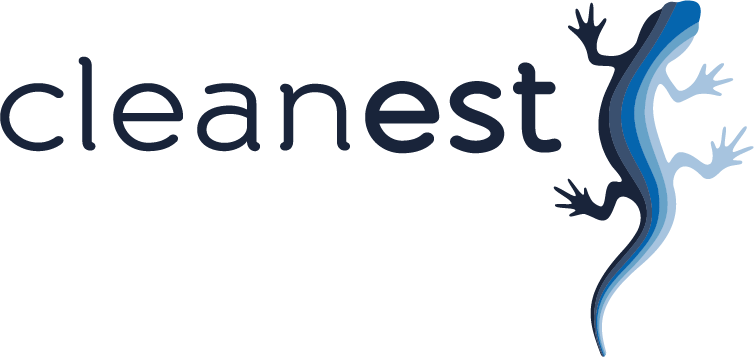
7. Grassland restoration in “Ziemeļgauja” Protected Landscape Area, Latvia
Date: 26 August 2024
Start: Tartu, city centre*
End: Tartu, city centre*
Time: Gathering at 8.45 a.m., bus leaves at 9 a.m. Ends at approximately 6 p.m.
Max number of participants: 30
NB! Please bring your travel documents and be ready to walk a lot on rugged terrain. Bring boots and raincoats in case of rain.
*The exact locations will be sent to participants in a newsletter in the beginning of August.
The participants of the tour will cross the border and visit the Protected Landscape Area “Ziemeļgauja” in Latvia to see two farms, which carried out restoration activities of grassland habitats within the GrassLIFE project (2018-2023). You are going to see the natural assets of both areas and the results of restoration activities, as well as the present management of the sites. Fennoscandian wooded meadows 6530* are a particular asset of both farms, located in the turns and oxbows of the scenic Gauja River. However, a variety of other grassland habitats like Semi-natural dry grasslands 6210* and Xeric and calcareous grasslands 6120* also can be met here.
Nature farm “BEKAS” is managed by Viesturs Lārmanis and Inese Gmizo-Lārmane, raising Scottish Highland beef cattle and producing honey, as well as operating the Nature Stewards School. The farm is located on a territory that is exceptionally rich in nature values. You can find 13 different EU-priority habitats of grasslands, forests and waters in the pastures of the farm, as well as more than 30 protected species of plants, animals and fungi. The farm has restored around 58 ha of grassland habitats by removing trees and bushes, milling and removing stumps, initial mowing and grazing, ground levelling, seed transfer by gathering and sowing seeds, by combining a field of species-rich habitat into one pasture paddock with restored ones, through feeding species-rich hay to cattle. The farm has taken care of the reconstruction of the traditional landscape of meadows and pastures and tested restorative grazing and mowing of varied intensity using several cattle breeds.
Farm “VEKŠI” is managed by Sanita Āboliņa and Ainis Āboliņš, raising Charolais beef cattle. The rich area hosts four grassland habitats. The farm restored wooded meadows in an area of 50 ha by removing trees and bushes, milling and removing stumps, eradicating expansive and invasive species, and applying seeds from grassland habitats. The management of grassland habitats is adapted to favour biodiversity, e.g., leaving non-mowed patches for ripening seed, or mowing before flowering expansive and invasive species.
8. Very practical workshop: Bog restoration in Pääsküla local nature conservation area, Tallinn
Date: 26 August 2024
Start: Tallinn, Ülemiste Centre car park*
End: Tartu, city centre*
Time: Gathering at 8.45 a.m., bus leaves at 9 a.m. Ends at approximately 6 p.m.
Max number of participants: 20
NB! Bring outdoor work clothing with dry spare clothing. Rubber boots are required for this tour!
*The exact locations will be sent to participants in a newsletter in the beginning of August.
The Pääsküla local nature conservation area is one of the most biodiverse areas in Tallinn. It is home to over 60 nationally protected species and it is the city’s richest habitat for orchids (20 species) and pollinators (53 butterfly species). However, the bog is not in a good condition. Although peat extraction ended more than 60 years ago, the drainage ditch network still works and the typical bog plants are being smothered by growing trees.
In 2022, Tallinn adopted a new management plan for the protection and restoration of the bog. The plan includes building dams to close ditches by hand so that heavy machinery would not damage the vegetation in such an active recreation area. Tallinn has started the restoration project and you can help, too!
Description of the work: Spades will be used to cut peat blocks and build a dam. One dam is completed in 6 hours with 15-20 people. Hand saws and loppers are used to clear the ground of young trees. All tools are provided by the organiser.
Clothing: Outdoor work clothing with dry spare clothing. Rubber boots are required.
Food: Lunch is provided by the organiser.
This tour is organised by Tallinn Urban Environment and Public Works Department.
9. Amphibian pond restoration and conservation agriculture
Date: 26 August 2024
Start: Tallinn, Ülemiste Centre car park*
End: Tartu, city centre*
Time: Gathering at 8.45 a.m., bus leaves at 9 a.m. Ends at approximately 6 p.m.
Max number of participants: 45
NB! There is a possibility to swim in the Äntu lakes. If you wish, bring a swimsuit and a towel with you.
*The exact locations will be sent to participants in a newsletter in the beginning of August.
During this tour, we will visit small waterbodies restored for amphibians in the Mädapea oak-forest landscape conservation area and in the Mõdriku-Roela landscape conservation area in Lääne-Viru county. After lunch in Rakvere we will visit the first pollution-removing floating islands in Estonia. We will take a short hike and make a swimming stop at Äntu Lakes (https://shorturl.at/apyZ2). The day will be finished with a visit to Sadala in Jõgeva county to explore how methods of regenerative agriculture increase biodiversity in agricultural landscapes.
As amphibians need both terrestrial and aquatic habitats, their successful reproduction and species diversity is ensured by a collection of small bodies of water with different habitats in nature. To restore such habitats, experts from the University of Tartu selected nine Natura sites adjacent to intensively managed agricultural landscapes in 2020, where a total of 100 amphibian breeding sites will be restored. By the summer of 2024, 60 small water bodies will be restored and we will explore a few of them. This tour is accompanied by the zoologist from the University of Tartu, PhD Riinu Rannap, who leads the restoration work. More information on these actions can be found at https://www.loodusrikaseesti.ee/en/restoration-small-water-bodies.
During our visit to Sadala, we will explore agricultural lands where Sadala Agro is testing innovative approaches to enhance biodiversity and soil regeneration. Sadala test field showcases 12-meter grassland strips strategically designed to foster habitats for natural enemies of crop pests, pollinators, and birds. Various cover crops are tested in the field, aiming to improve soil health and mitigate nutrient leaching. The tour is accompanied by Life-IP ForEst&FarmLand project coordinator from the University of Tartu, Kristiina Jürisoo and researcher of restoration ecology Krista Takkis. More information on these actions can be found at https://www.loodusrikaseesti.ee/index.php/en/biodiversity-agricultural-landscapes.
Soolikaoja floating islands, installed as part of the LIFE IP CleanEST project, aim to reduce hazardous substances in the bottom sediments of Soolikaoja and improve surface water quality. Based on the suggestion of Vallo Kõrgmaa, the lead researcher and principal specialist at the Estonian Environmental Research Centre, phytoremediation—using plants for environmental cleanup—was chosen to address the hazardous substances in the sediments and enhance water quality. This natural remediation method utilizes plants and associated microorganisms to break down and neutralize harmful pollutants in the water.
This excursion is organised by the LIFE IP project „ForEst&FarmLand“ (www.loodusrikaseesti.ee/en) which aims to protect and restore Estonian landscapes and ecosystems, as well as improve the condition of the species and habitats of our forests and farmlands. The project operates in four areas — forests, semi-natural grasslands, conservation agriculture and species conservation. Together with scientists, foresters and farmers, land managers and local communities, the project tests various nature conservation activities and methods and provides practical guidance on how each person can contribute to the preservation and restoration of biodiversity.


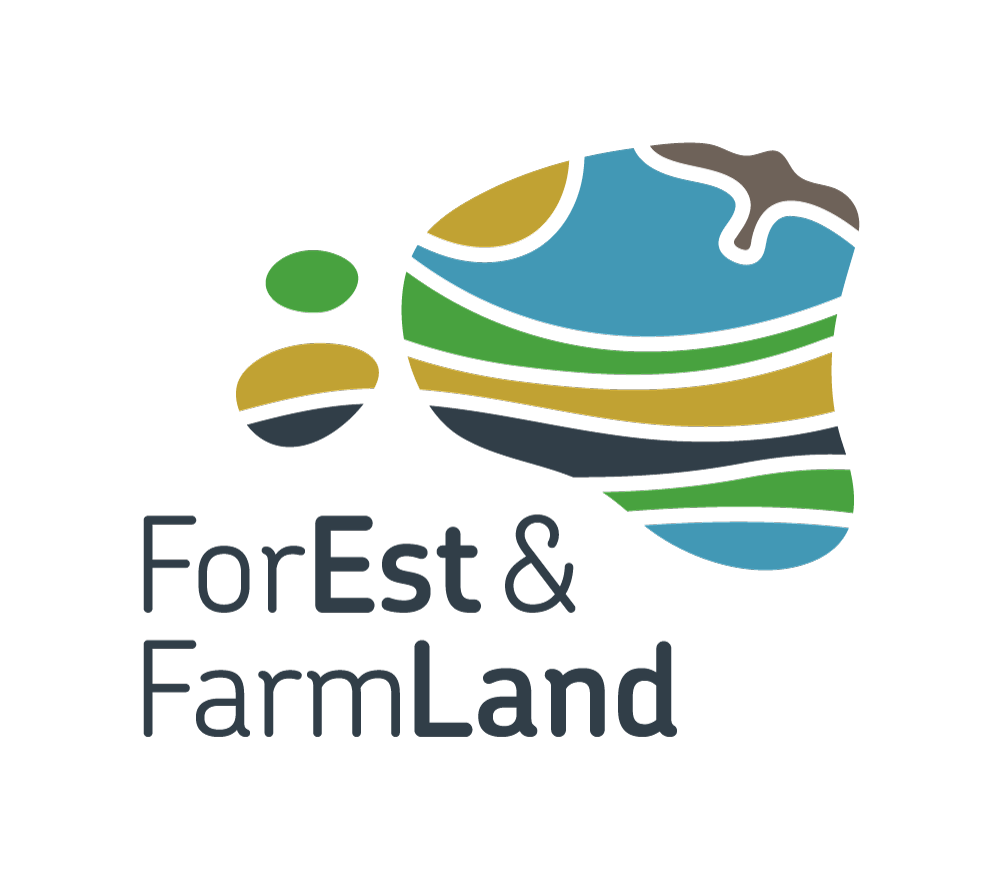
10. Nature restoration areas in Tallinn
Date: 31 August 2024
Start: Tartu, city centre*
End: Tallinn, Ülemiste Centre car park*
Time: Gathering at 8.45 a.m., bus leaves at 9 a.m. Ends at approximately 6 p.m.
Max number of participants: 45
NB! Regular outdoor boots and clothing are necessary.
*The exact locations will be sent to participants in a newsletter in the beginning of August.
Tallinn was founded in an area with very high habitat and species richness. A large proportion of the richness has remained to this day, but some habitats and species need help to cope with urban settings and various habitat degradation issues. During the past 5 years, Tallinn city has initiated comprehensive biodiversity studies to understand the status of different species groups and their habitat connectivity inside the city.
On the Tallinn tour, we will do two longer and two shorter site visits. Longer visit no. 1 takes us to Tallinn’s largest peat bog, Pääsküla bog, where the city started bog restoration in 2023. We will take a look at the progress so far and discuss future plans. The trip is 3 km long along gravel paths and boardwalks. Longer visit no. 2 takes us to Paljassaare bird conservation area, a Natura 2000 site which is located on a bird migration route and boasts about its high bird diversity. Coastal meadow restoration with machinery and highland cattle is taking place on 30 hectares. The trip is 2.5 km long along gravel paths and boardwalks.
Between the two sites, we will make two stops. The first stop is in the amphibian infrastructure on Tähetorni Street which was constructed in 2021. Follow-up monitoring has shown that more than 1,000 individuals from 20+ species have used the tunnel systems. The second stop is on the Rocca al Mare coastline, which has a great view over Tallinn’s Toompea Hill and the future restoration site. Tallinn plans to restore 20 hectares of coastal meadow, starting from 2024/2025 and bring in Highland cattle.
This tour is organised by Tallinn Urban Environment and Public Works Department.
11. Boreal flying squirrel forest
Date: 31 August 2024
Start: Tartu, city centre*
End: Tallinn, Ülemiste Centre car park*
Time: Gathering at 8.45 a.m., bus leaves at 9 a.m. Ends at approximately 6 p.m.
Max number of participants: 30
NB! Please note that the trip takes you through forest landscapes and off the roads, so appropriate clothing and footwear are required. Lunch is included.
*The exact locations will be sent to participants in a newsletter in the beginning of August.
The Siberian flying squirrel (Pteromys volans) is one of the most elusive and endangered mammal species of Estonia. Just a century ago, the squirrel was relatively common and occupied several Estonian regions, but it is currently restricted only to the Alutaguse region in North-Eastern Estonia. Alutaguse is known for its massive forests but has unfortunately undergone heavy logging during the past decades. For its habitat, the flying squirrel is highly reliant on old, aspen-rich forests that are connected by continuous forest cover, so its long-term survival depends largely on forestry practices.
The tour will take you to the flying squirrel's habitats in the remaining old forest patches in North-Eastern Estonia. You will visit old aspen forests that are known habitats of the species and see the conservation measures used to save the species. You will learn about the current state of the flying squirrel population in the western border of its distribution and what is currently being done to save it and enjoy a spectacular forest landscape. The trip will be led by specialists currently running the Flying Squirrel LIFE project, aiming to improve the species' current state in Estonia and Finland.
This excursion is organized by the Estonian-Finnish LIFE project "Flying Squirrel LIFE" („Co-operation for improving the conservation of the Flying squirrel in Europe”), LIFE17 NAT/FI/000469. The aim of the project is to preserve the remaining flying squirrel habitats and to increase the connectivity between the existing habitat patches.

